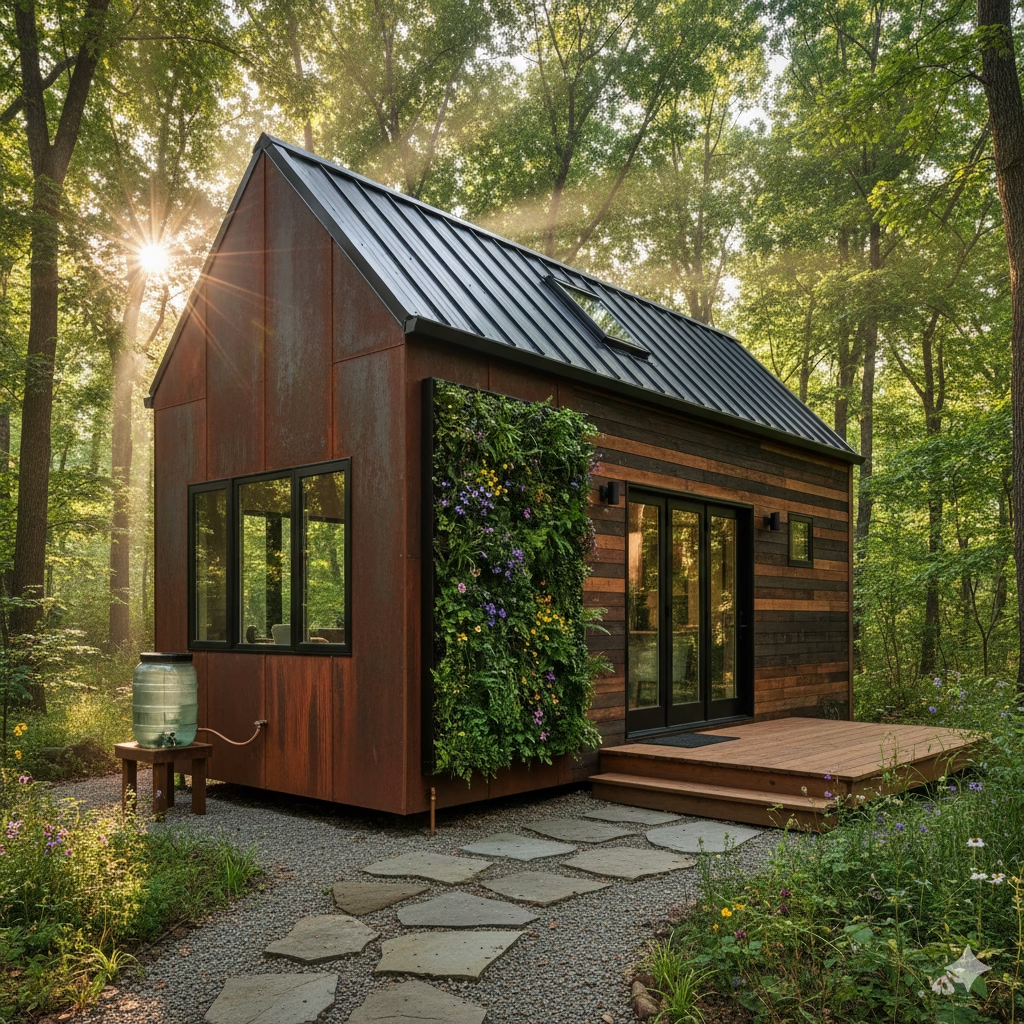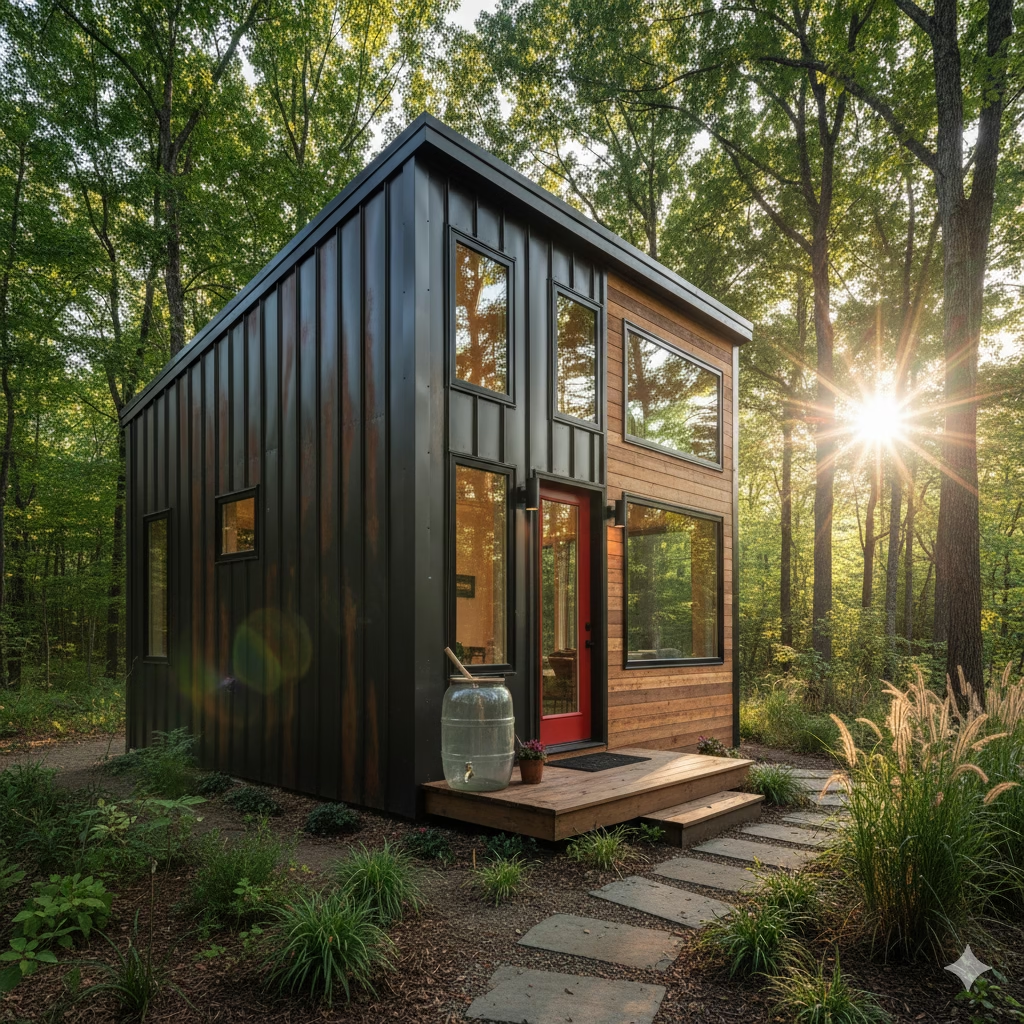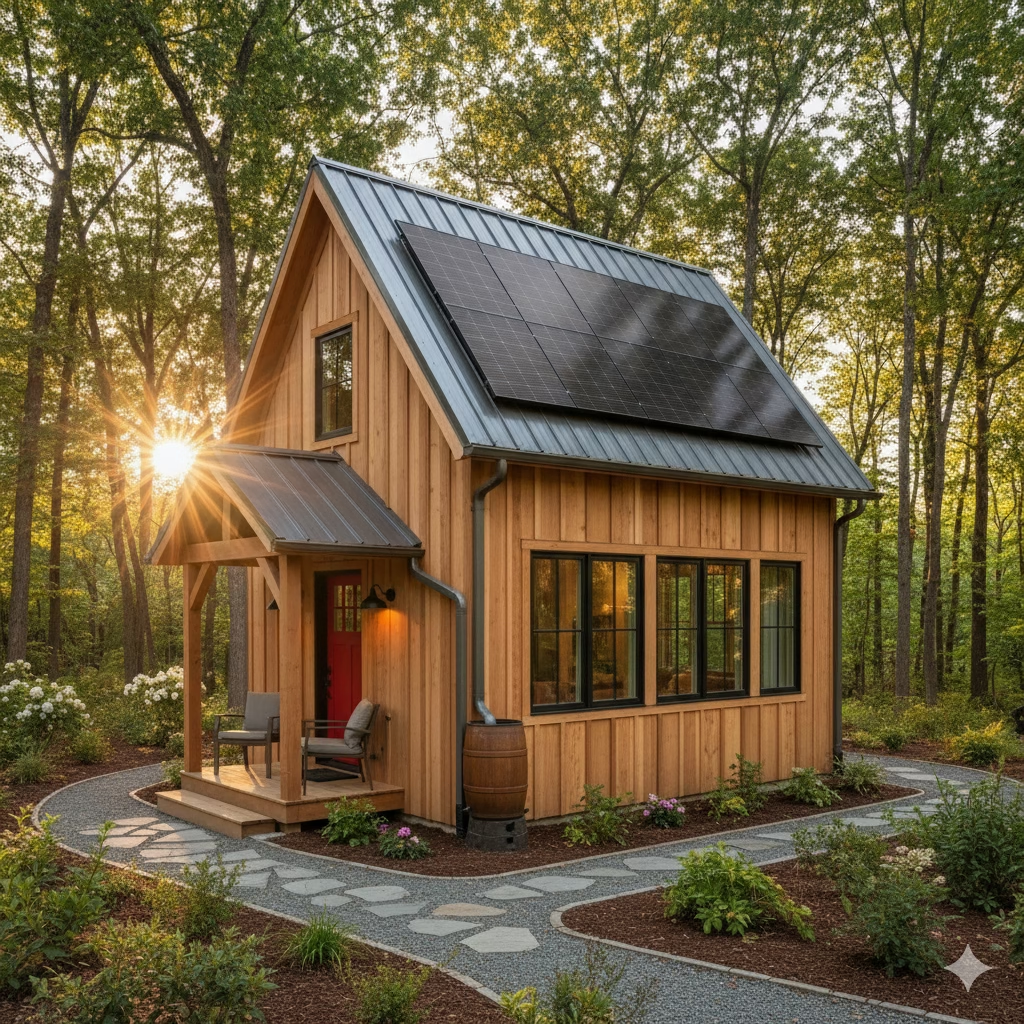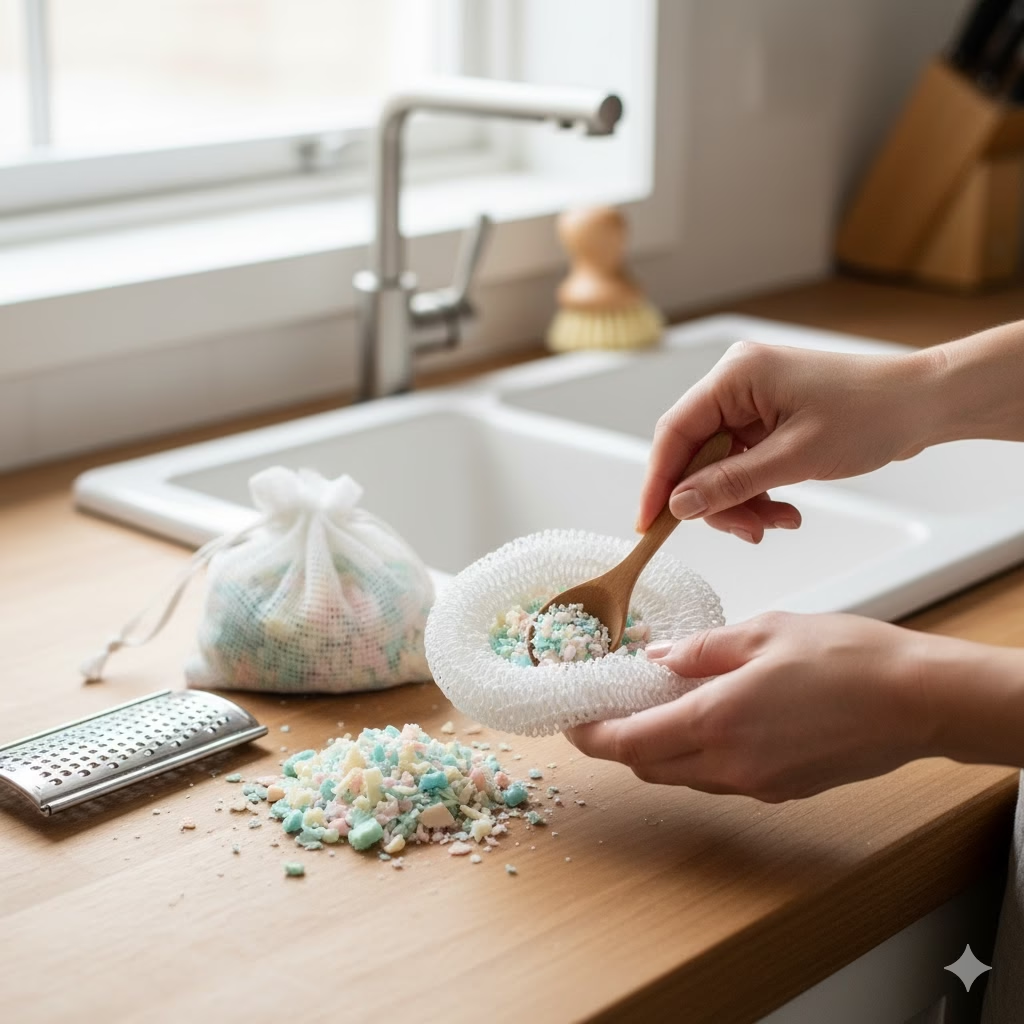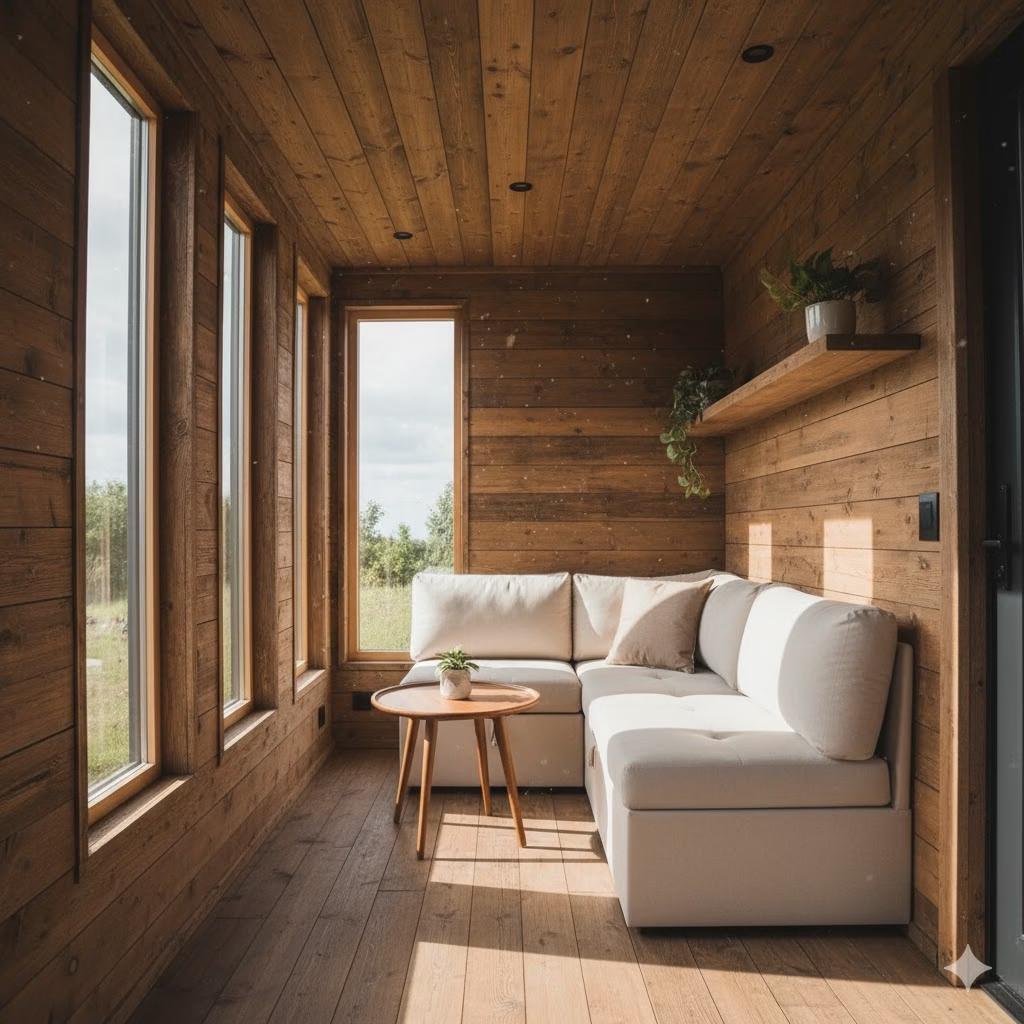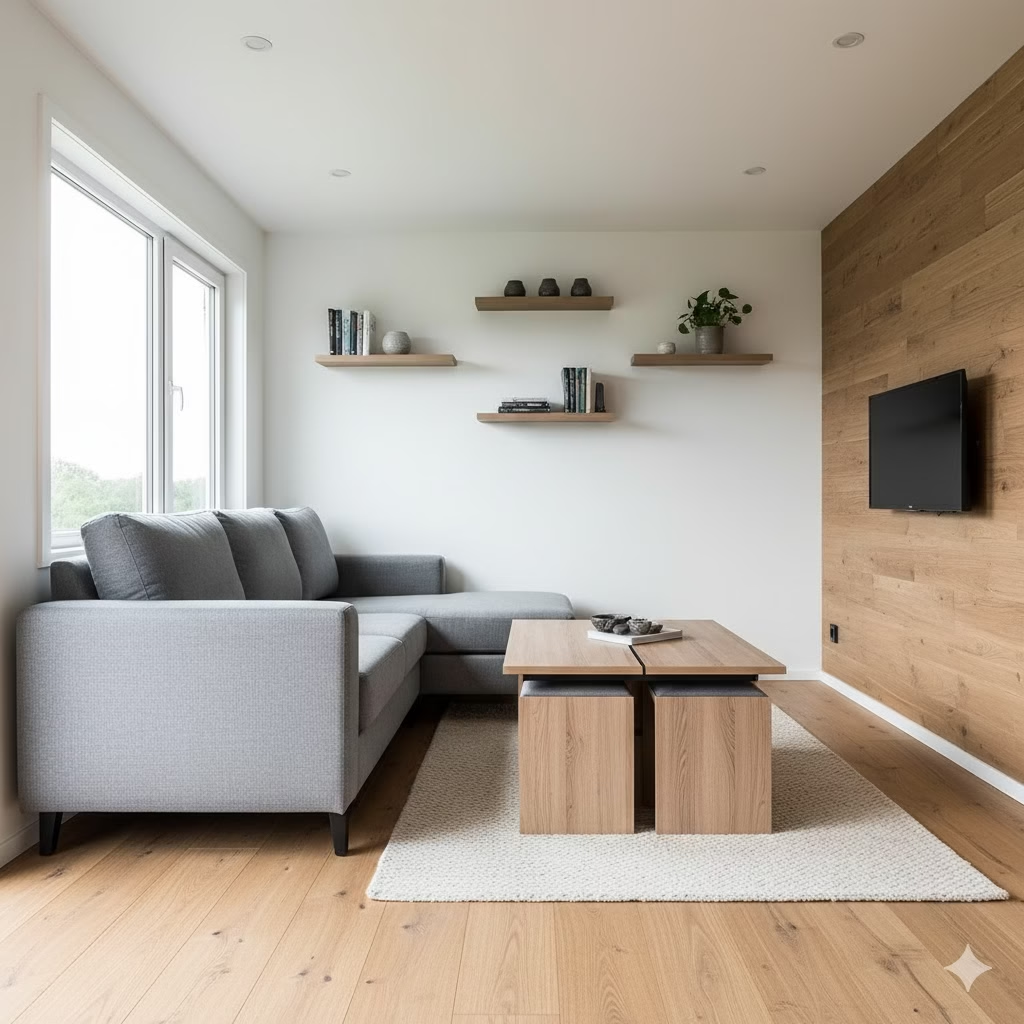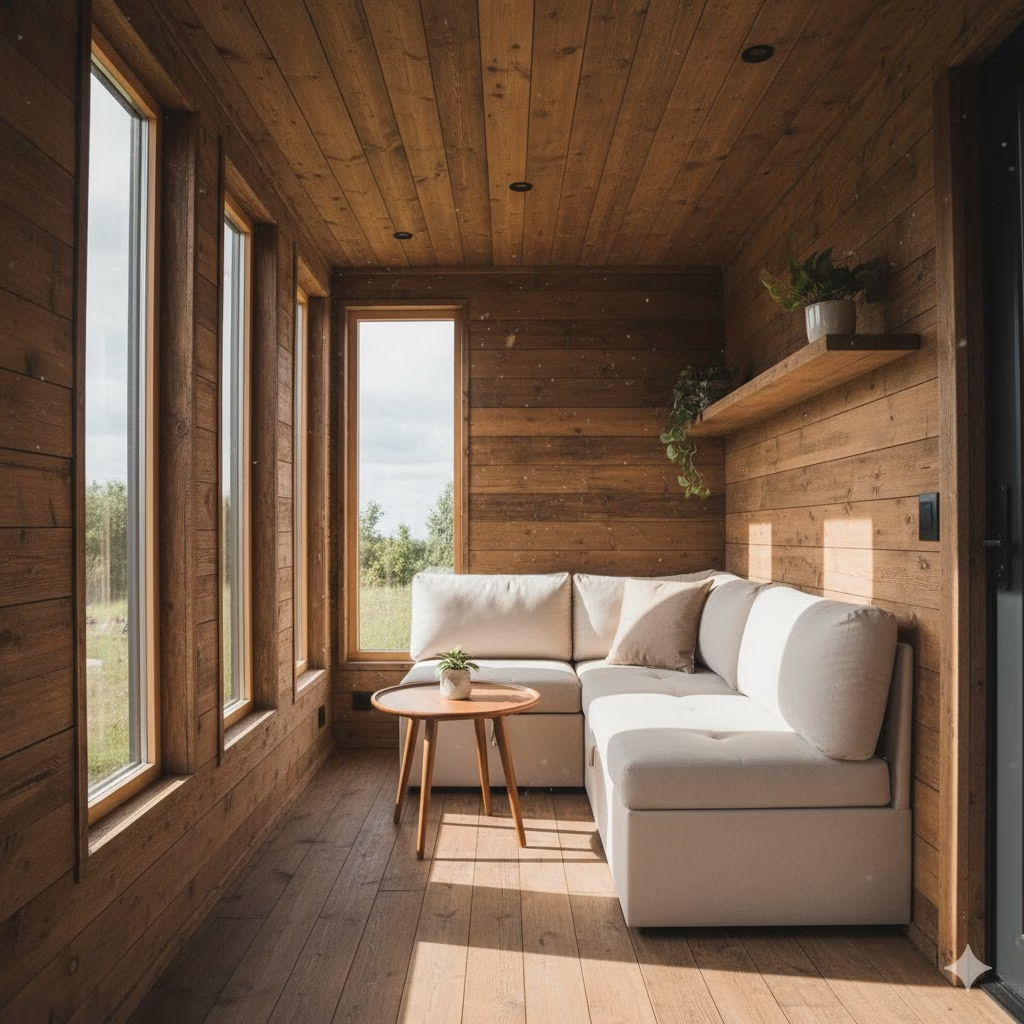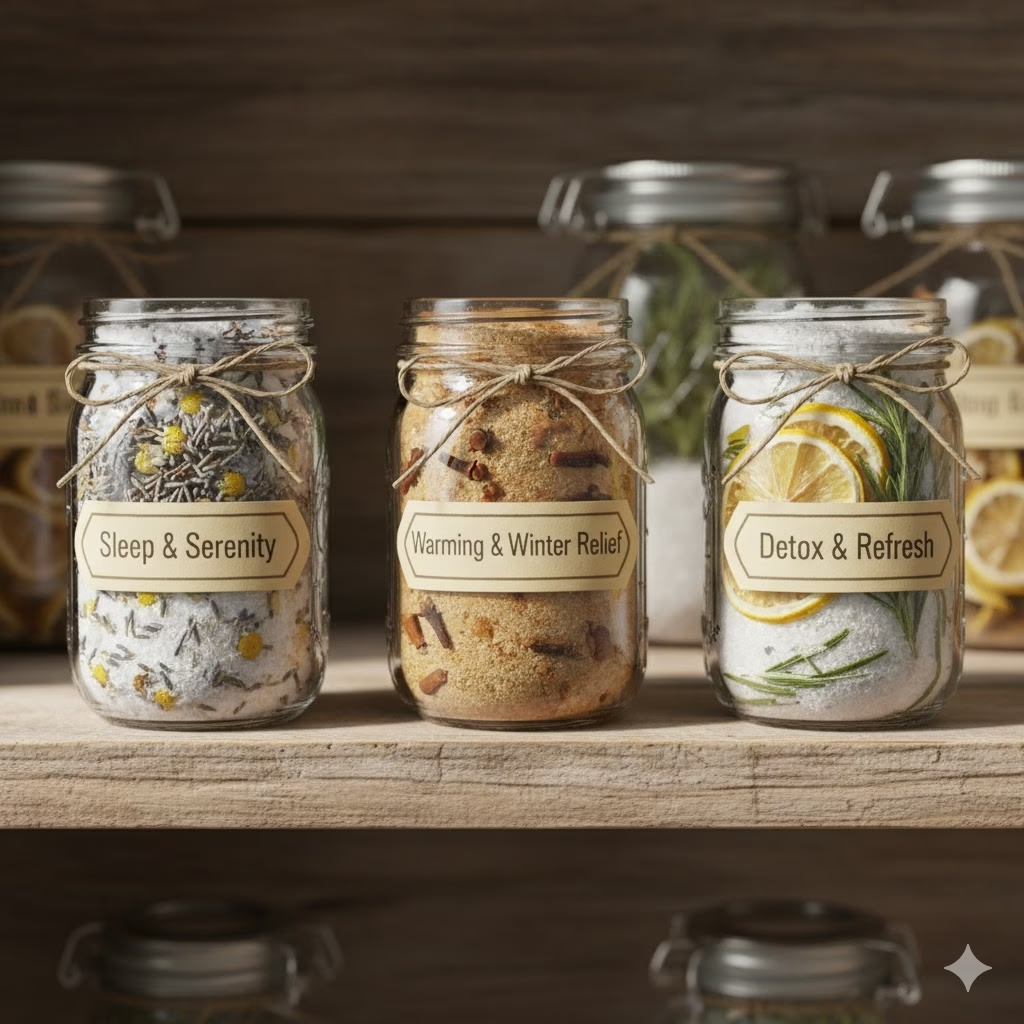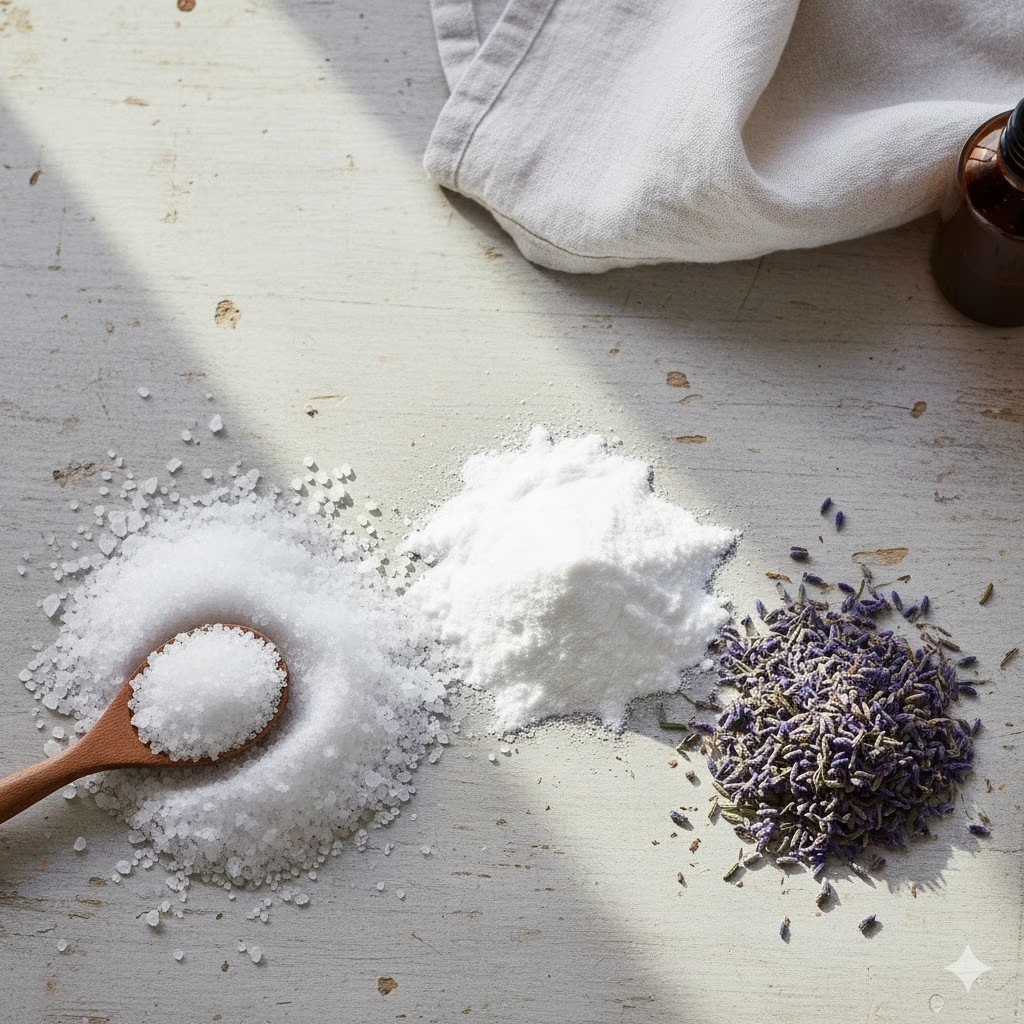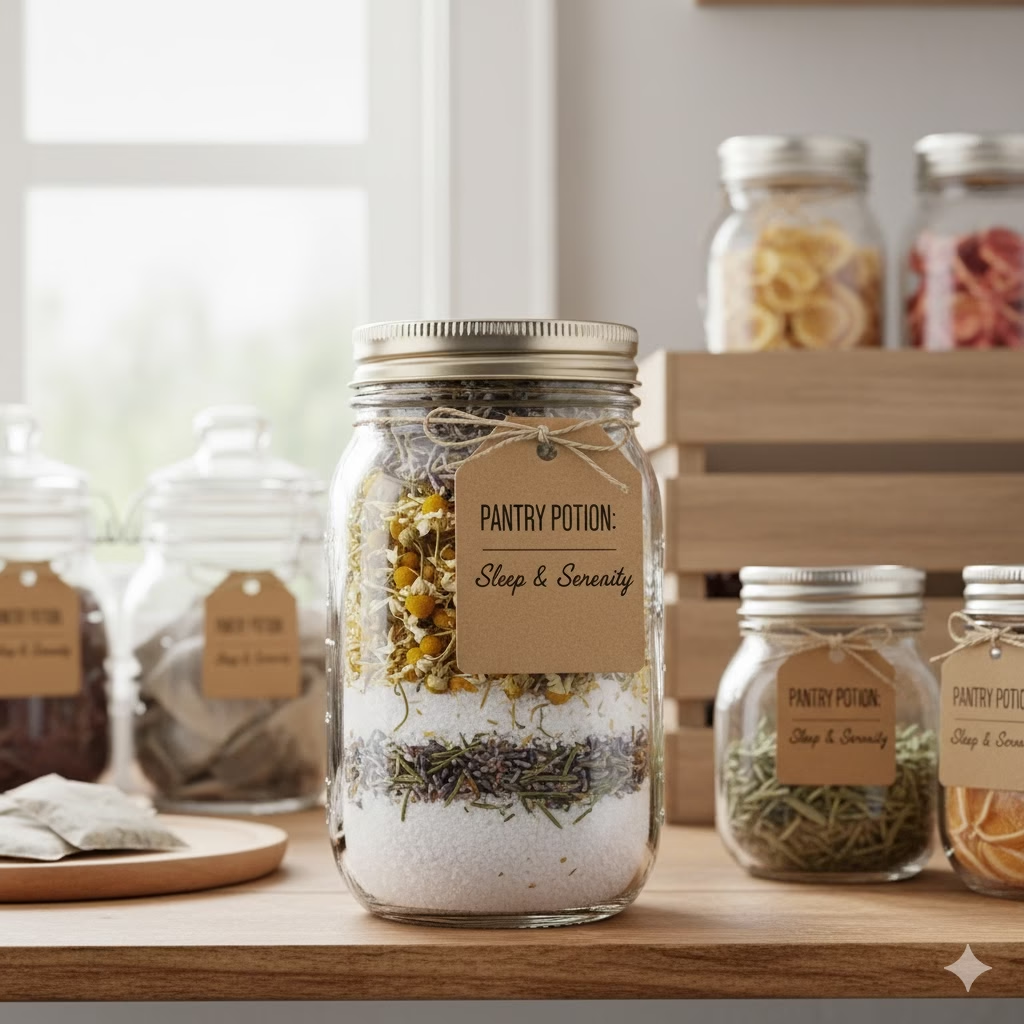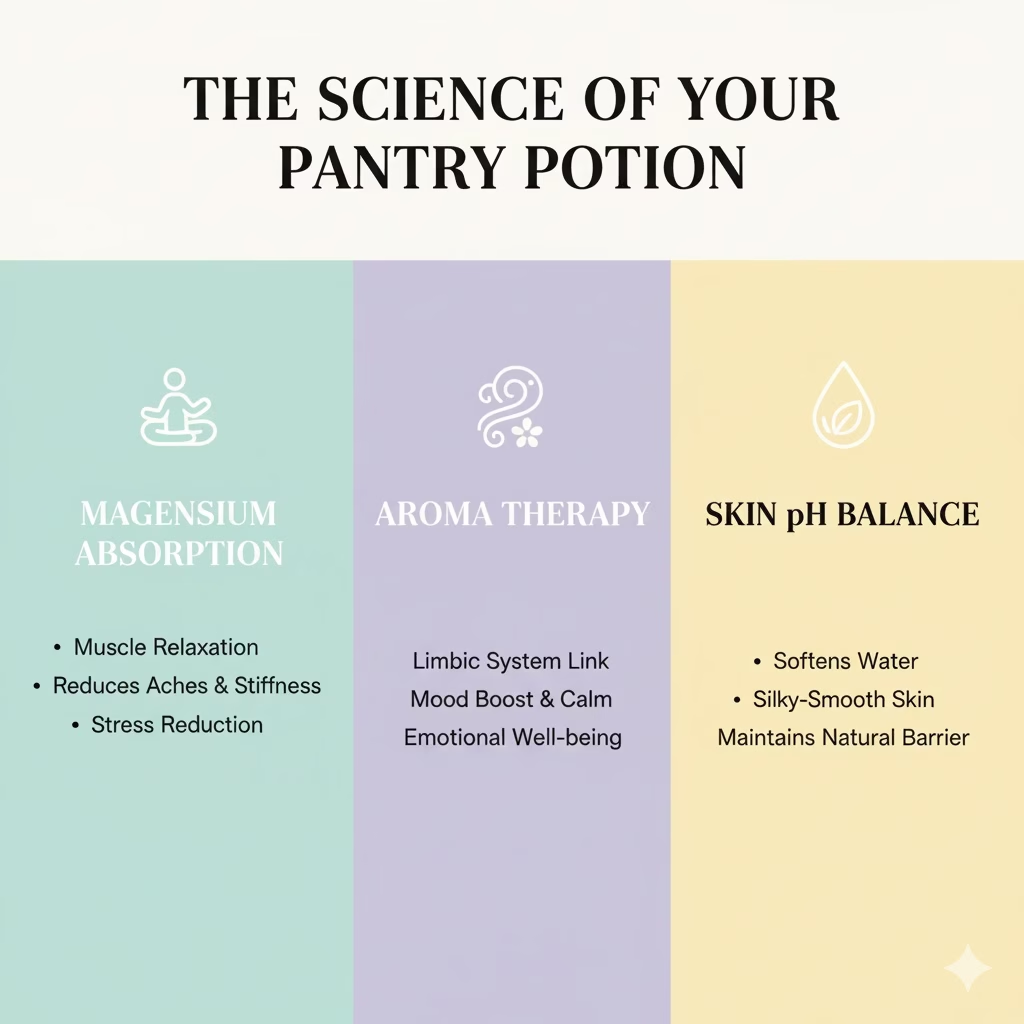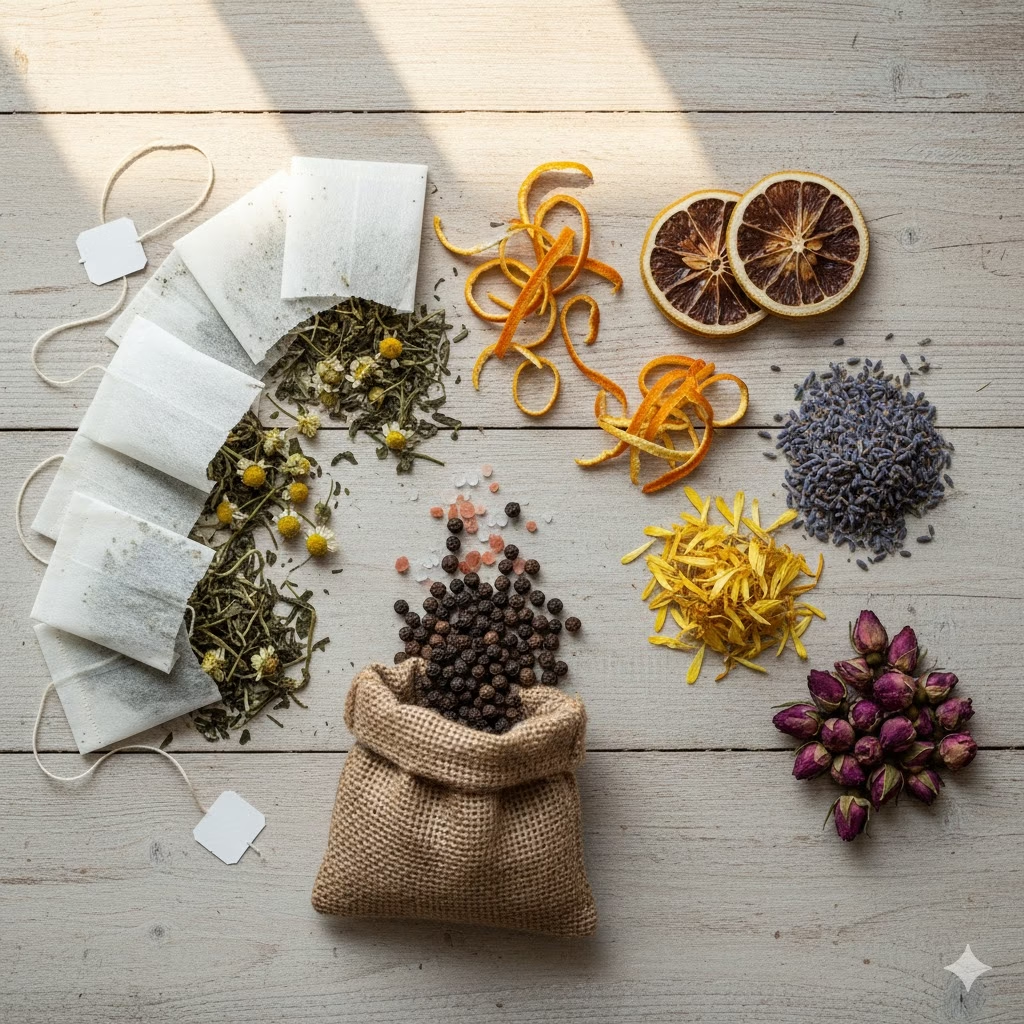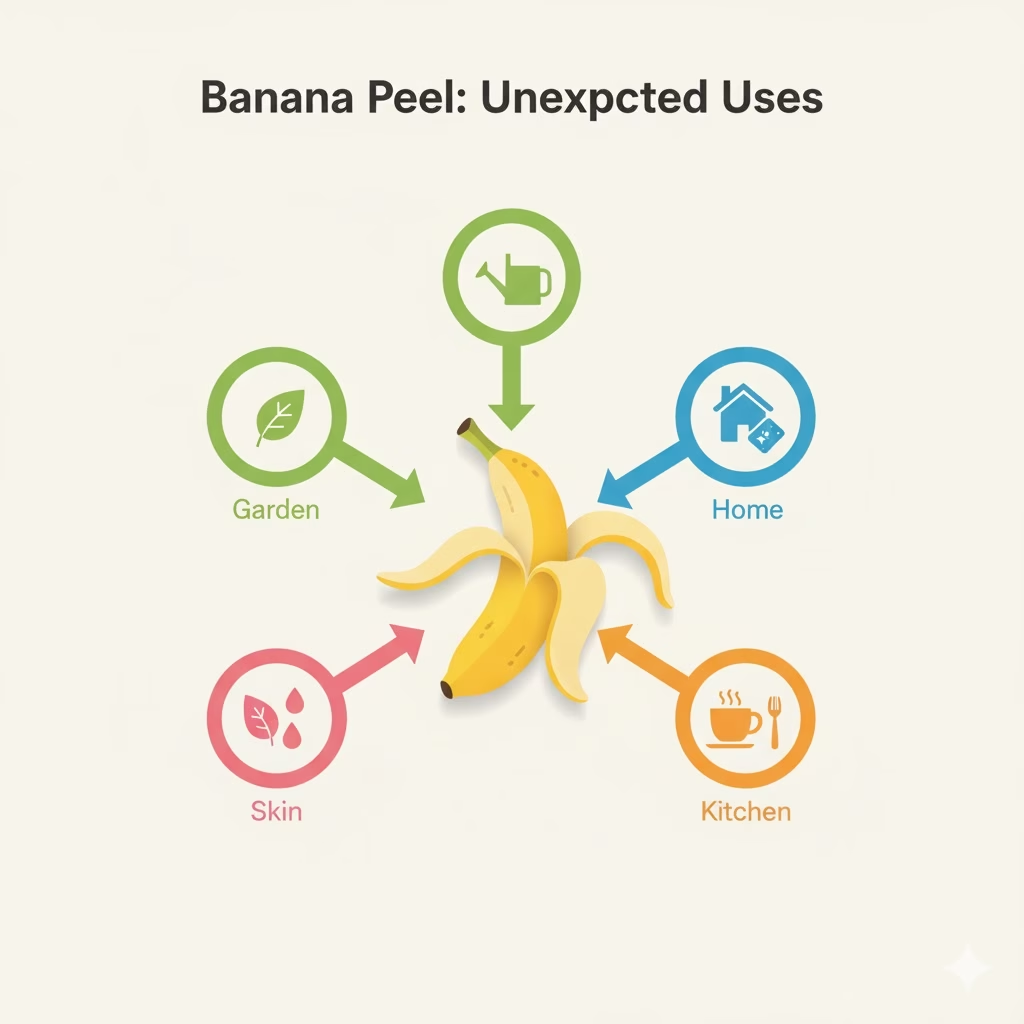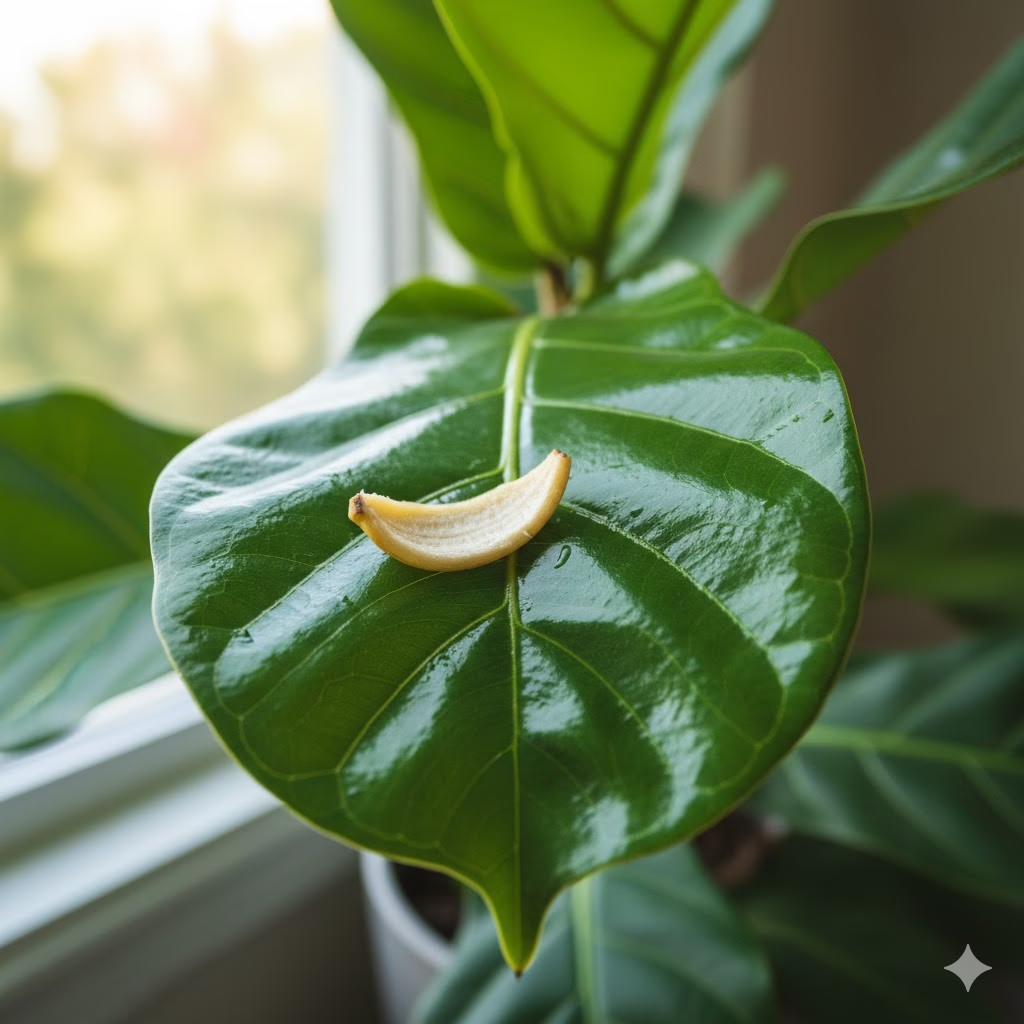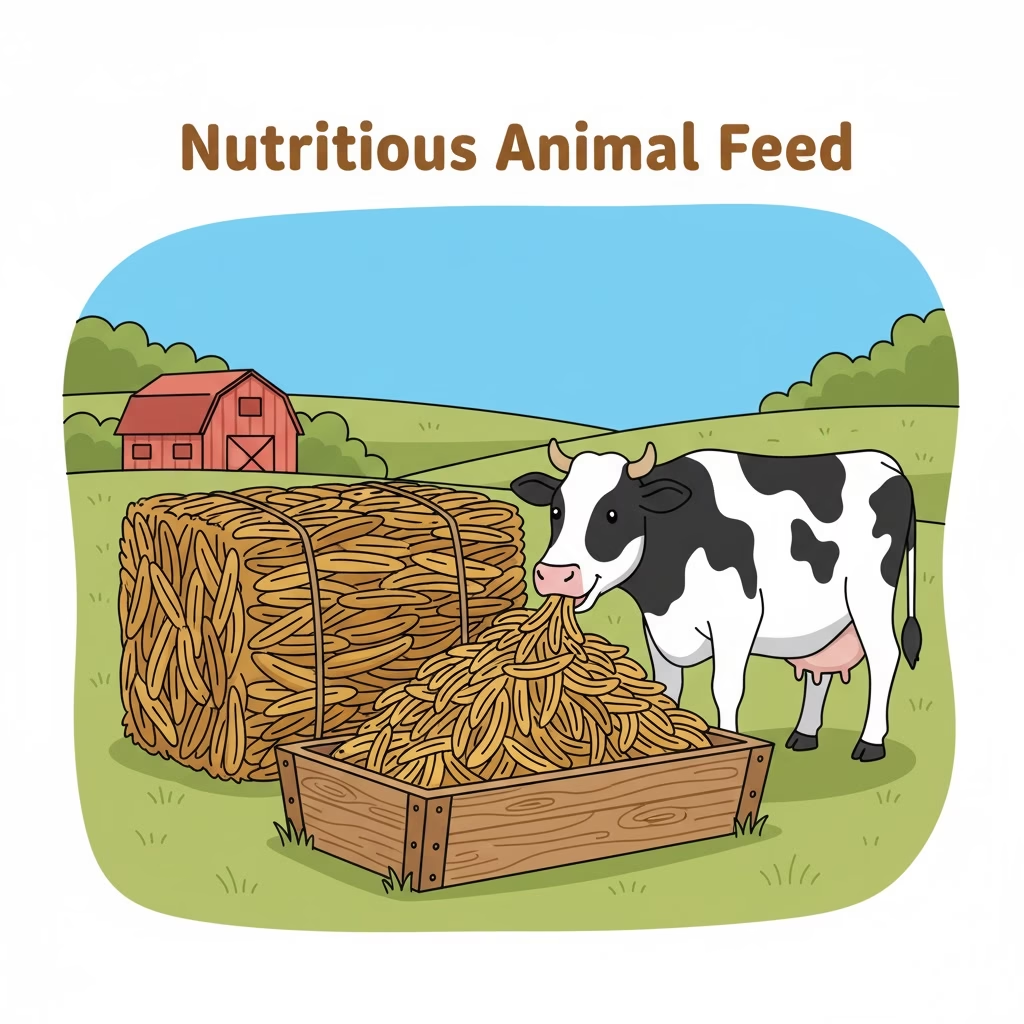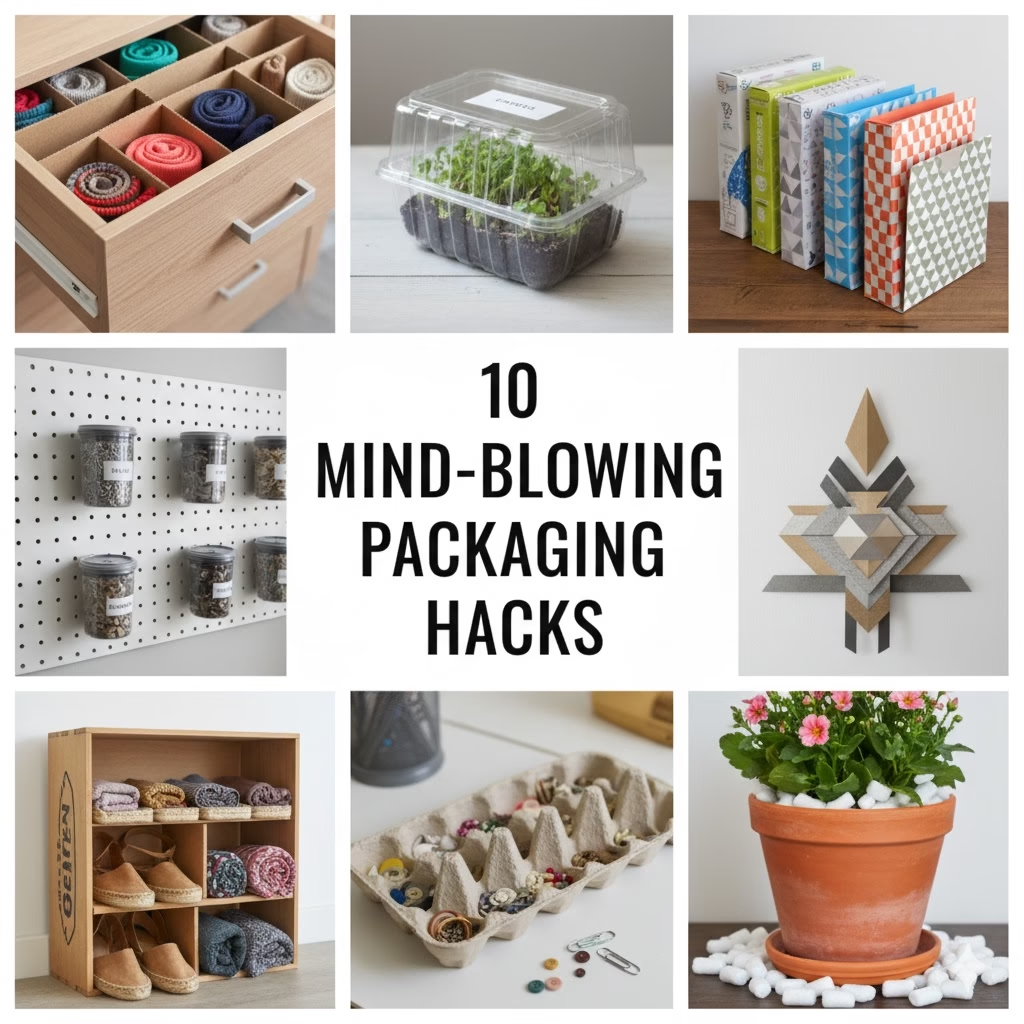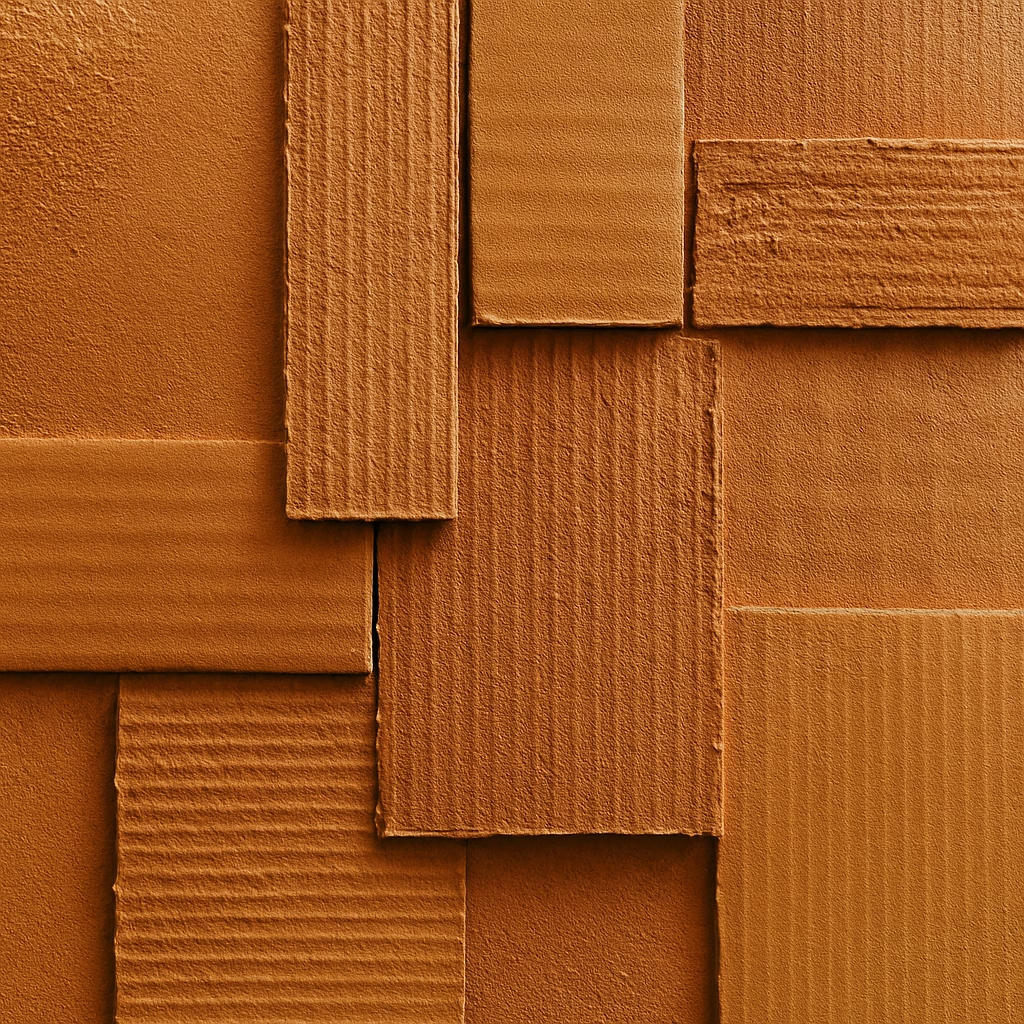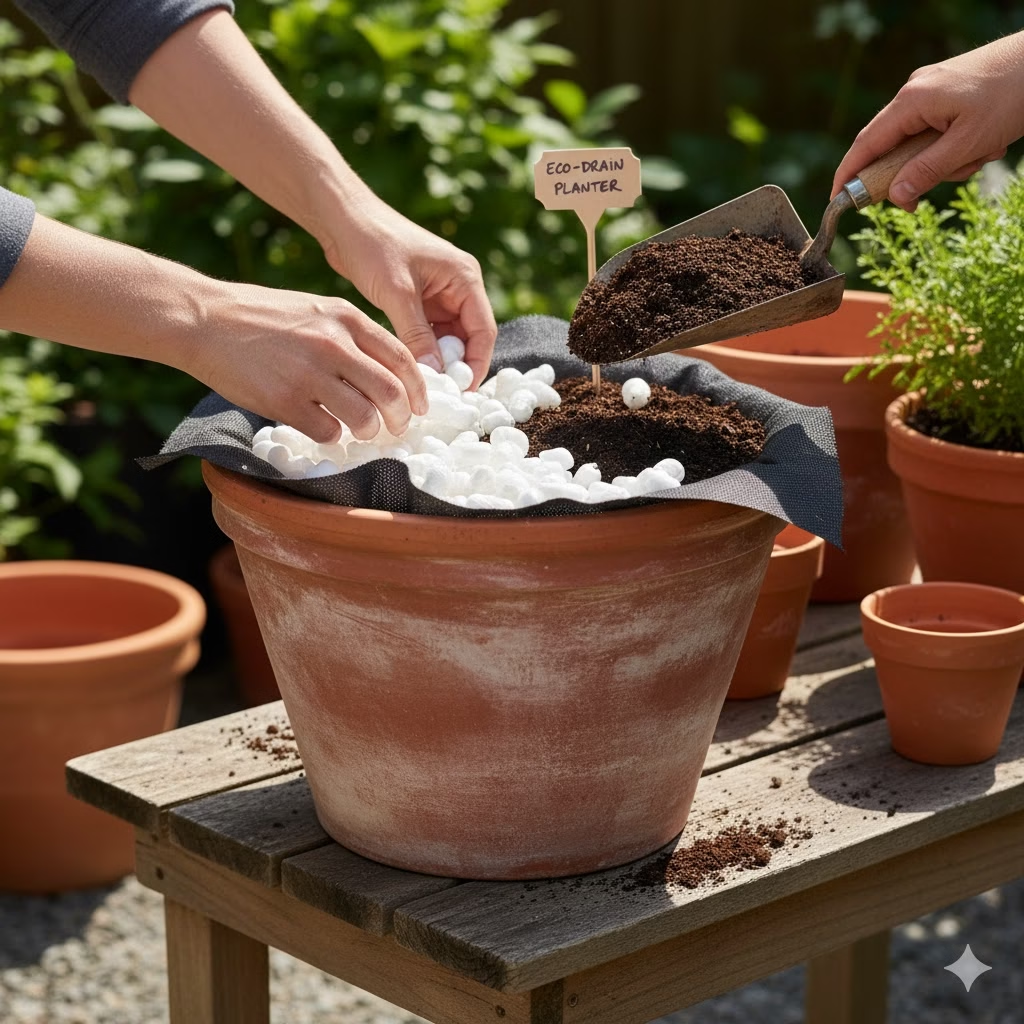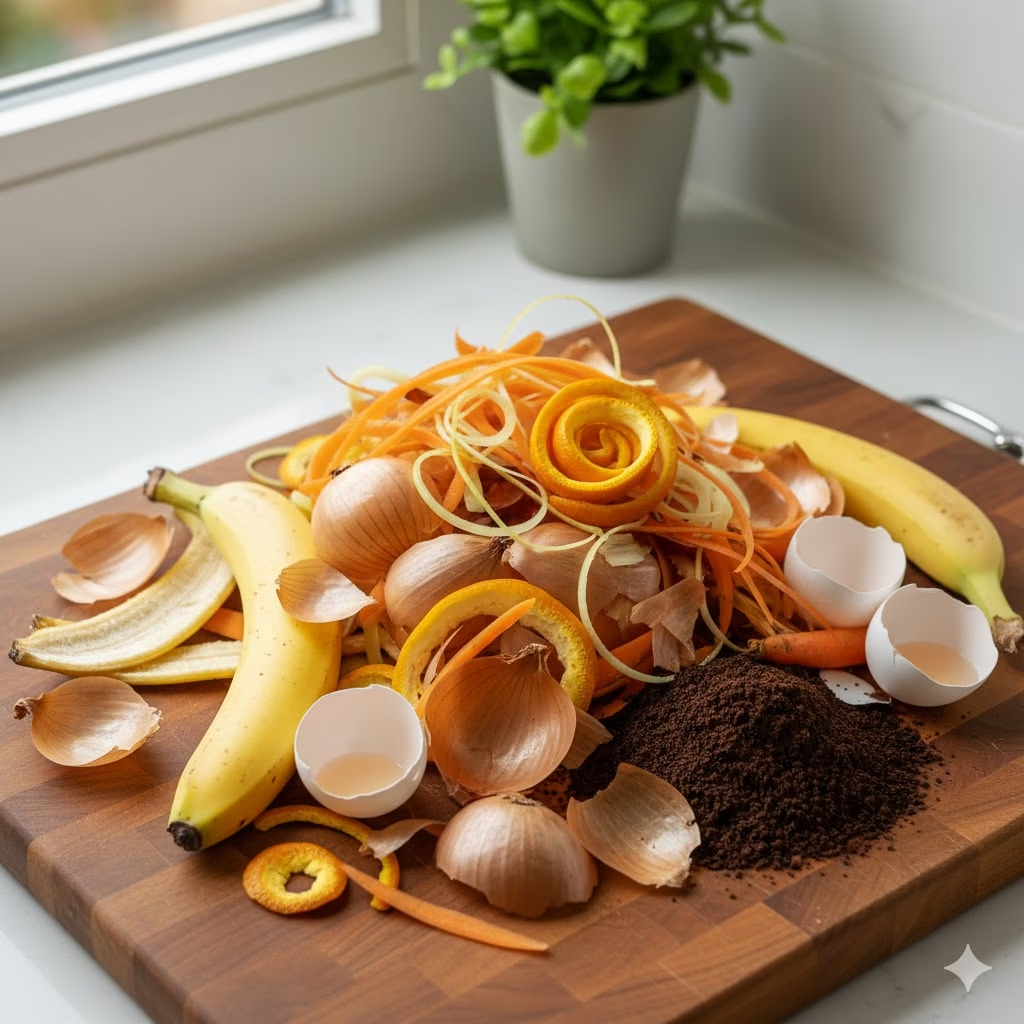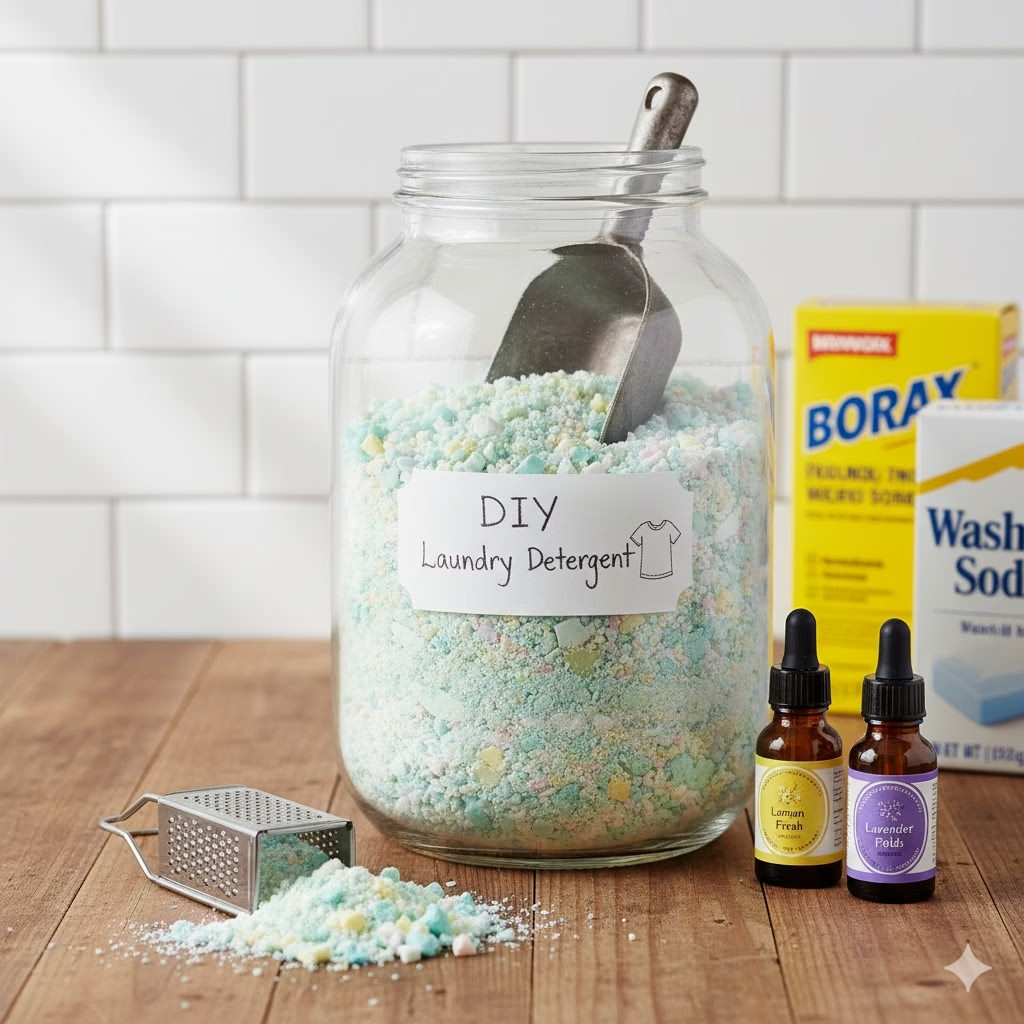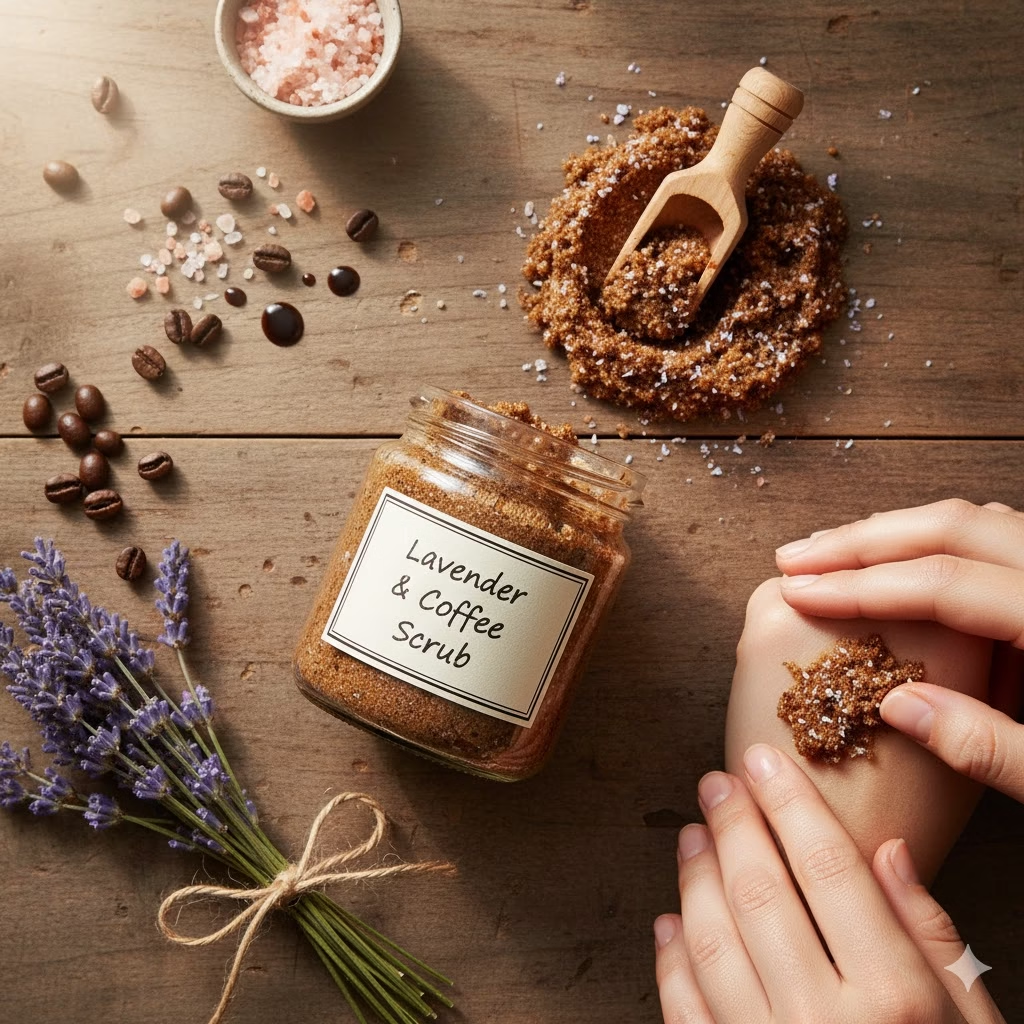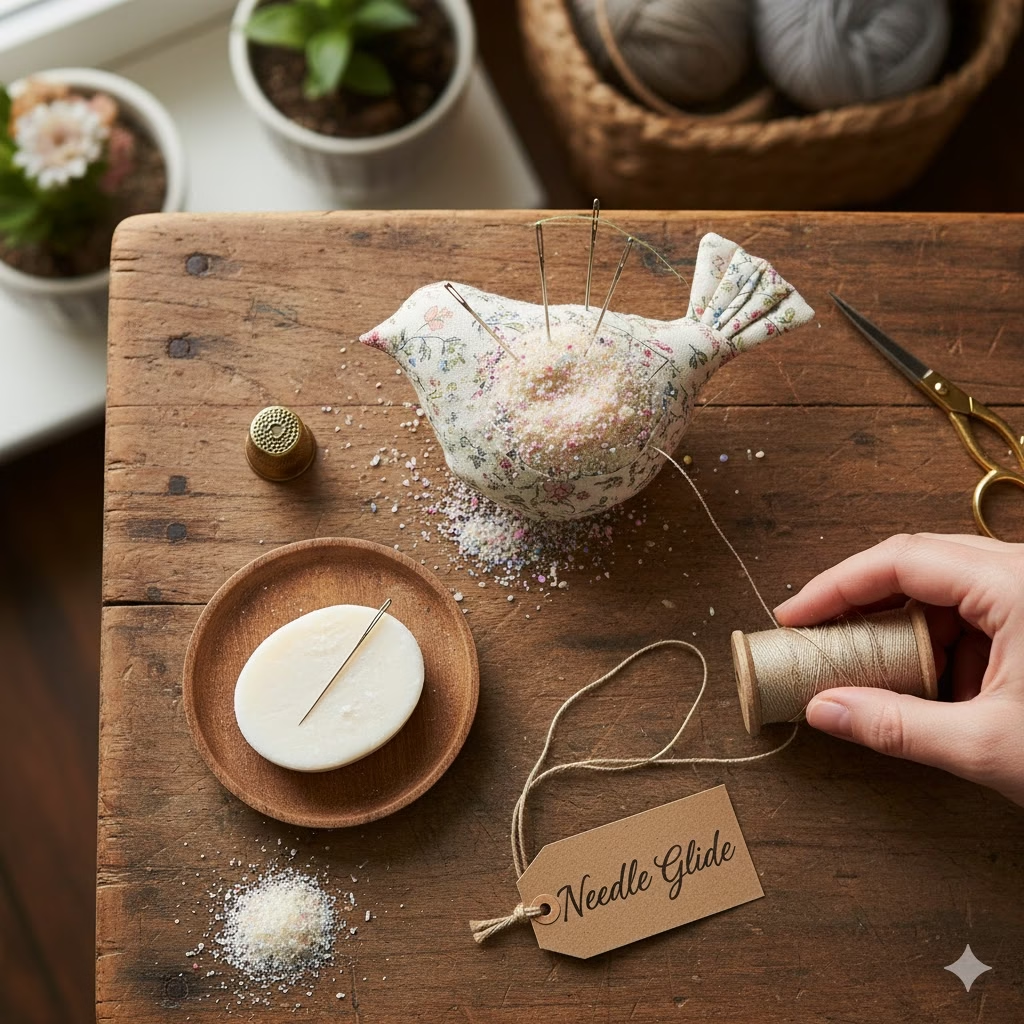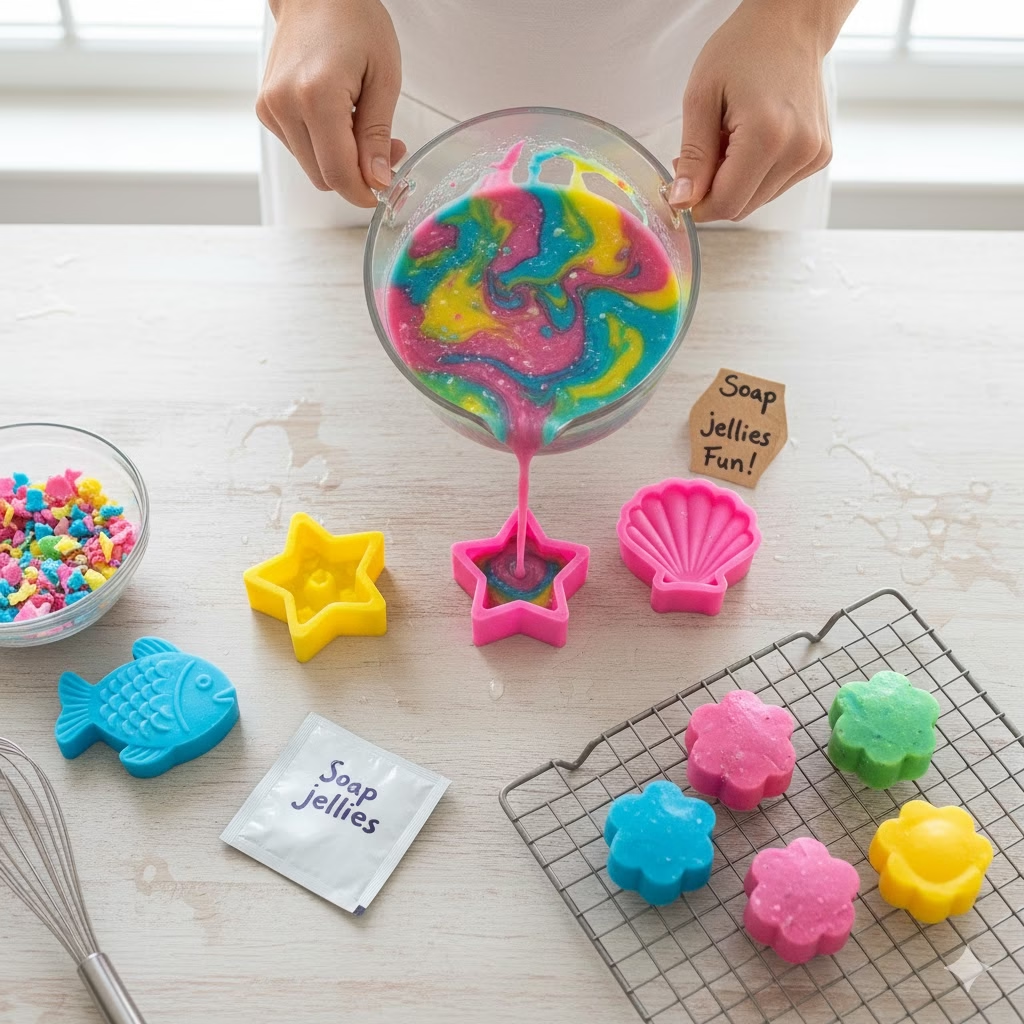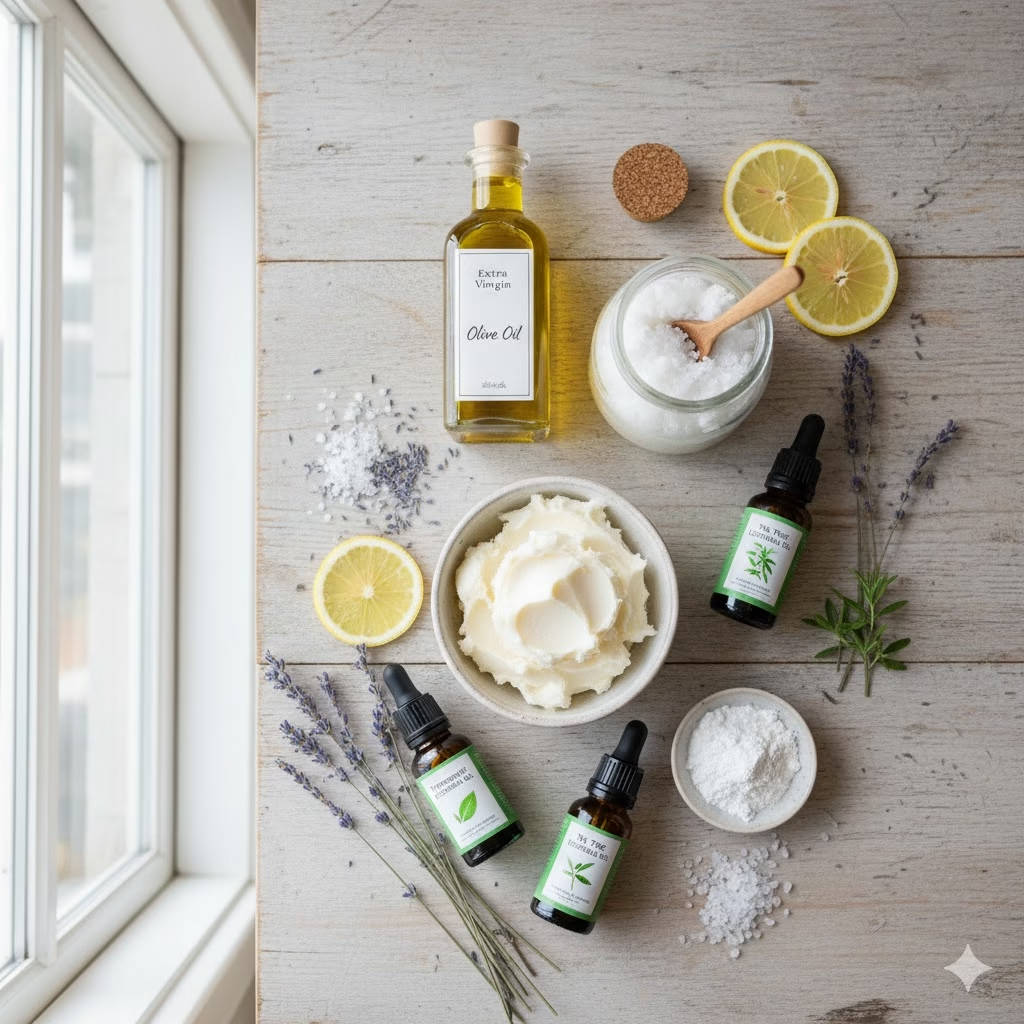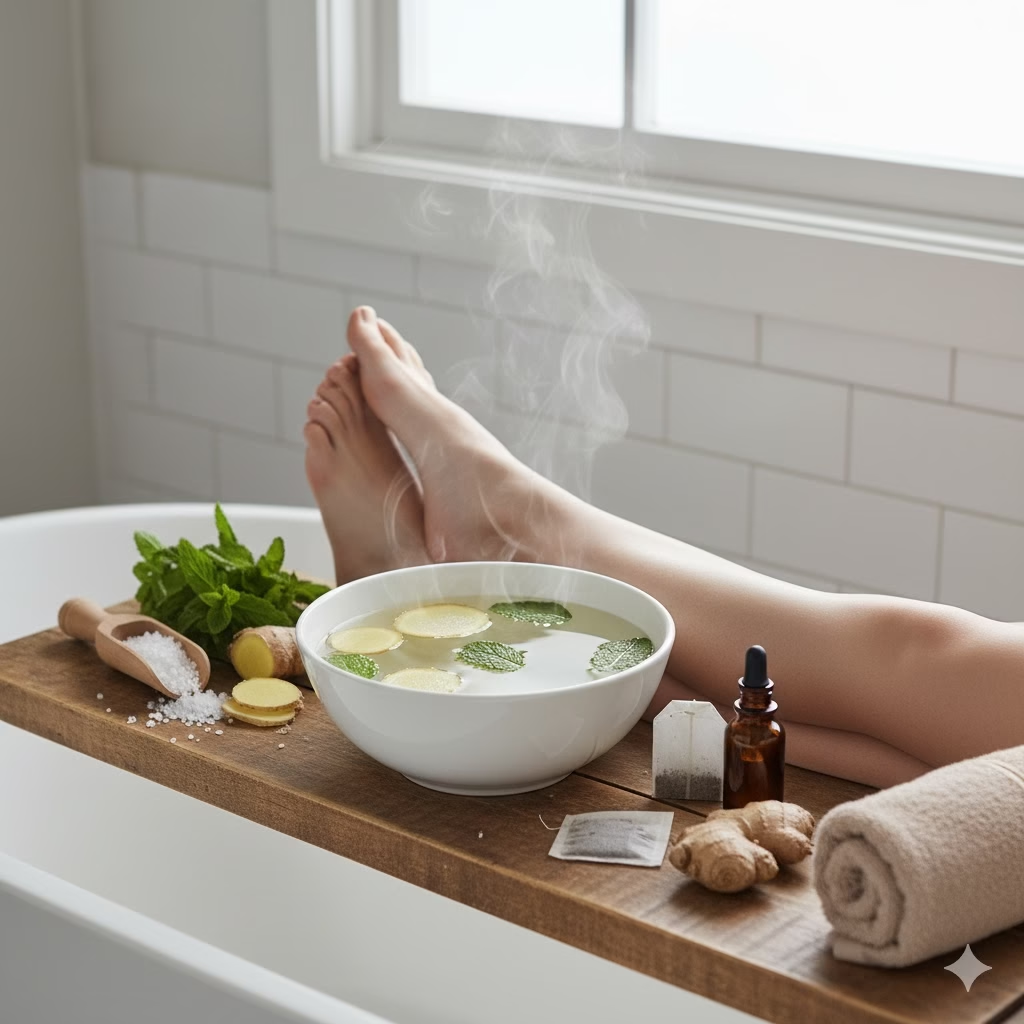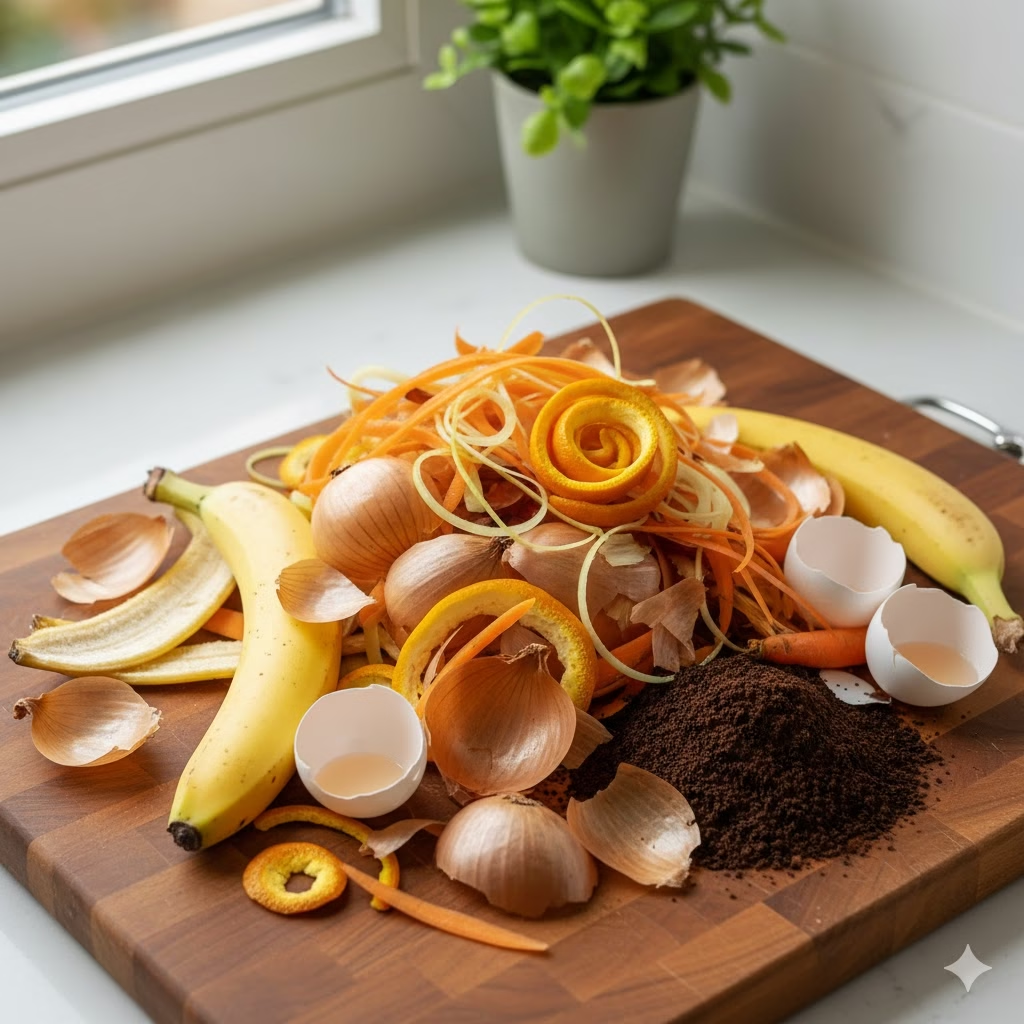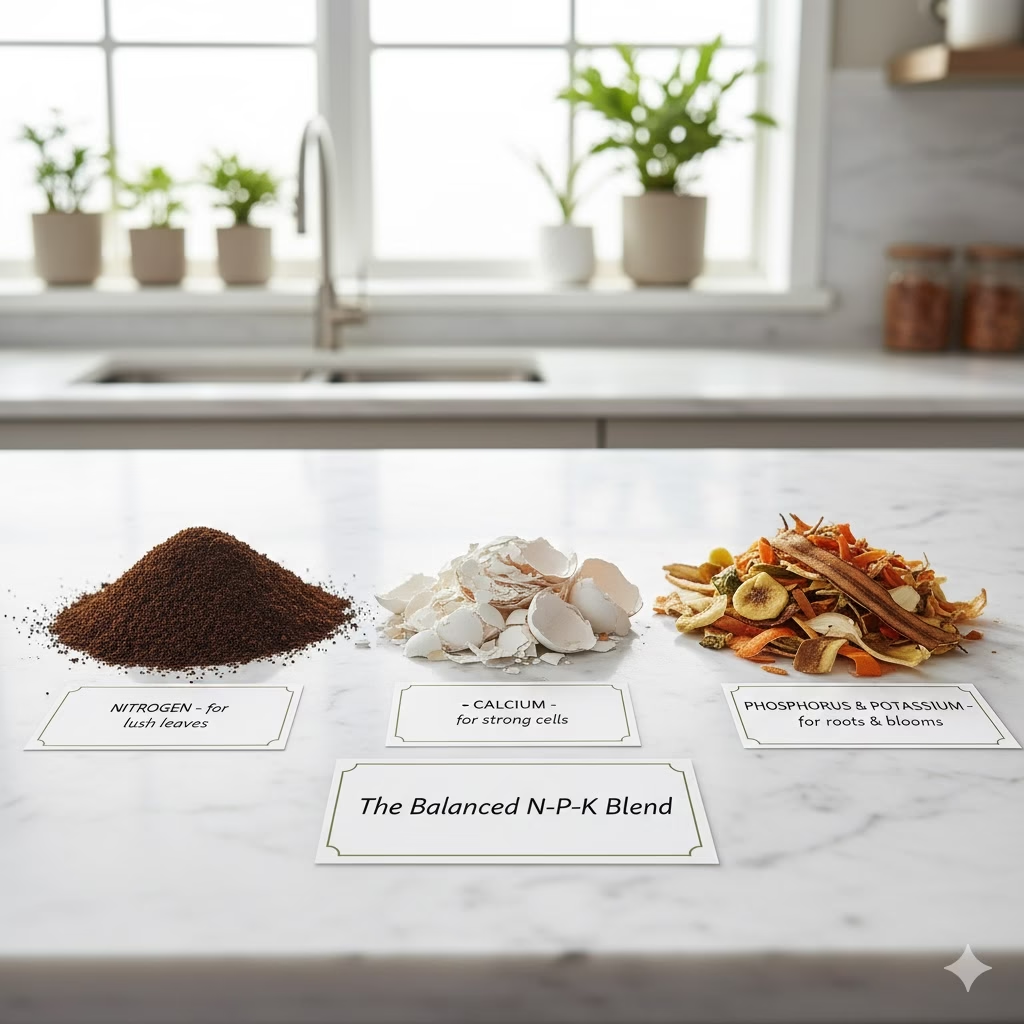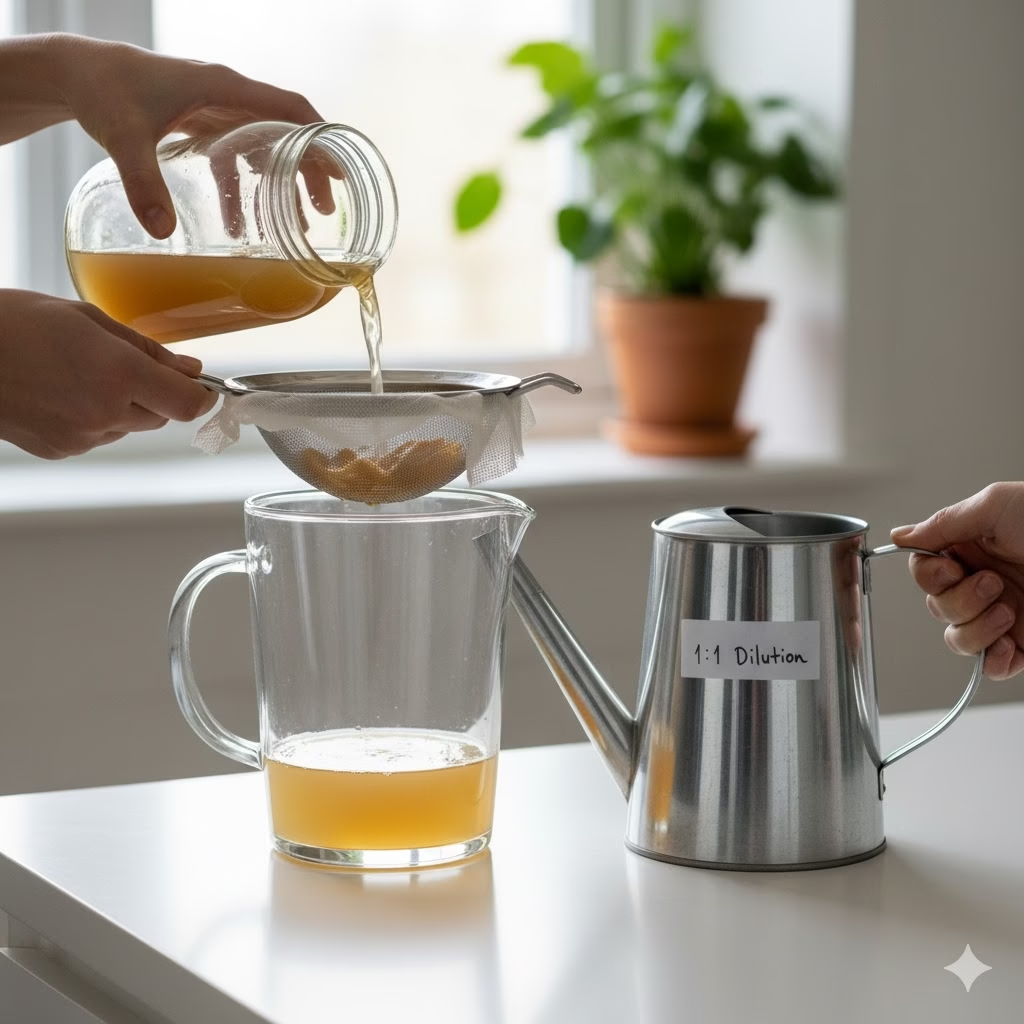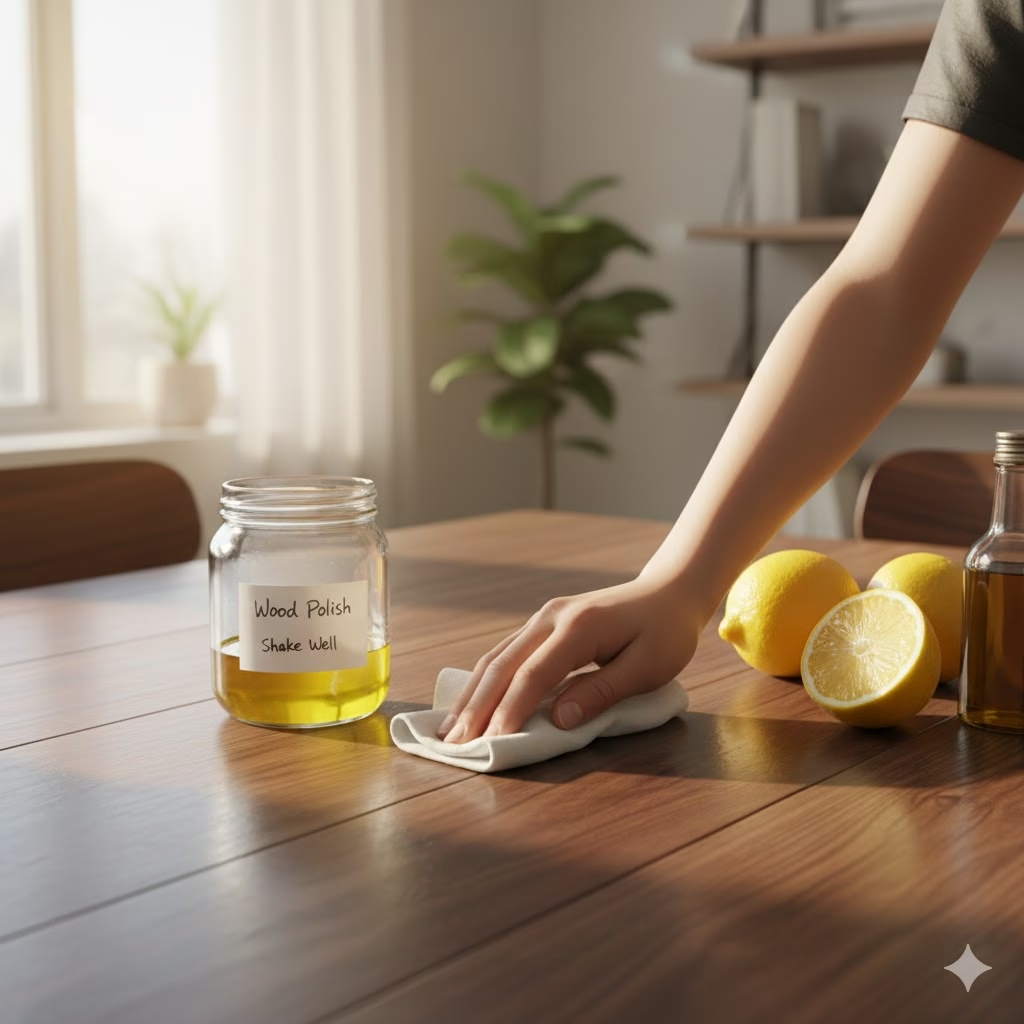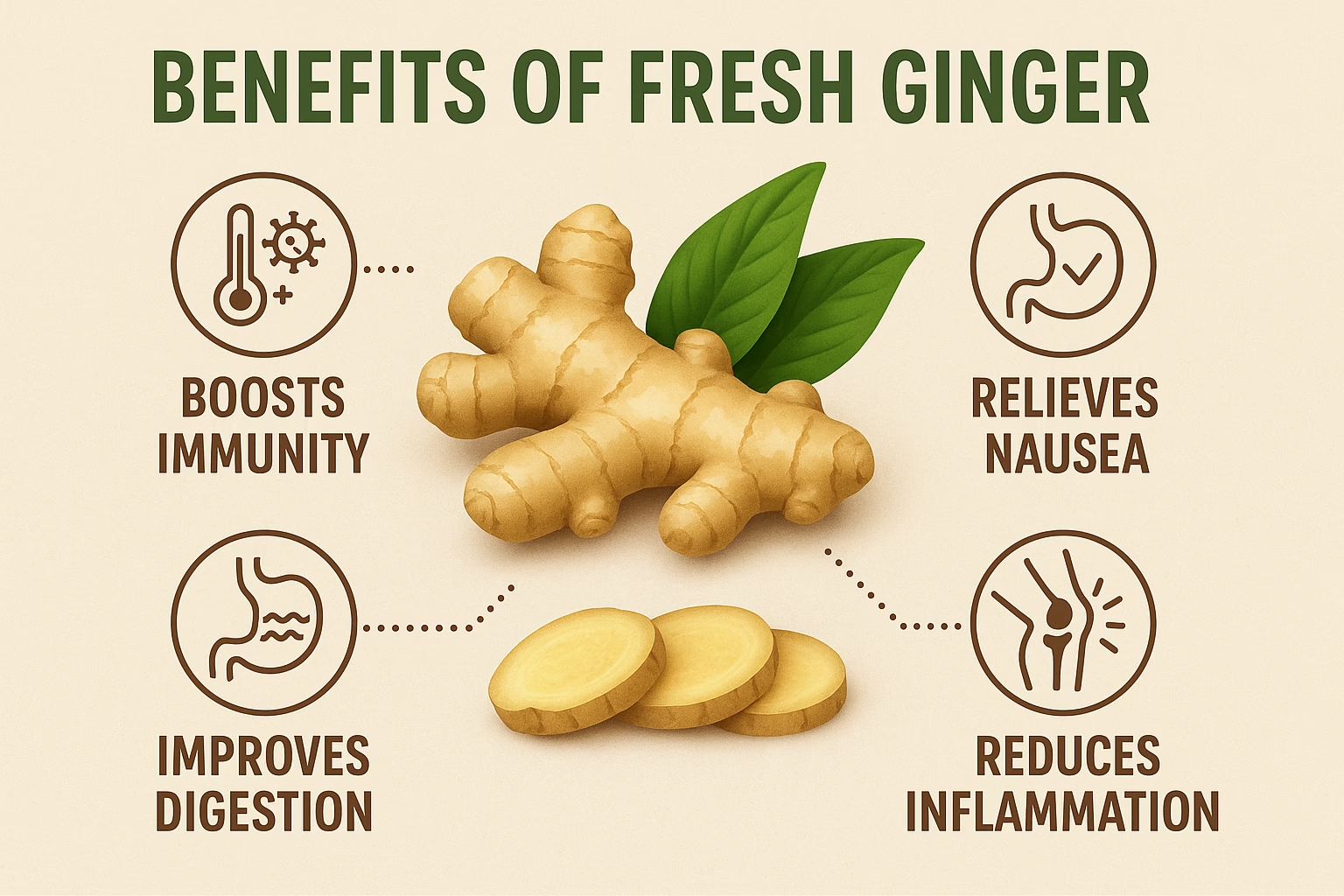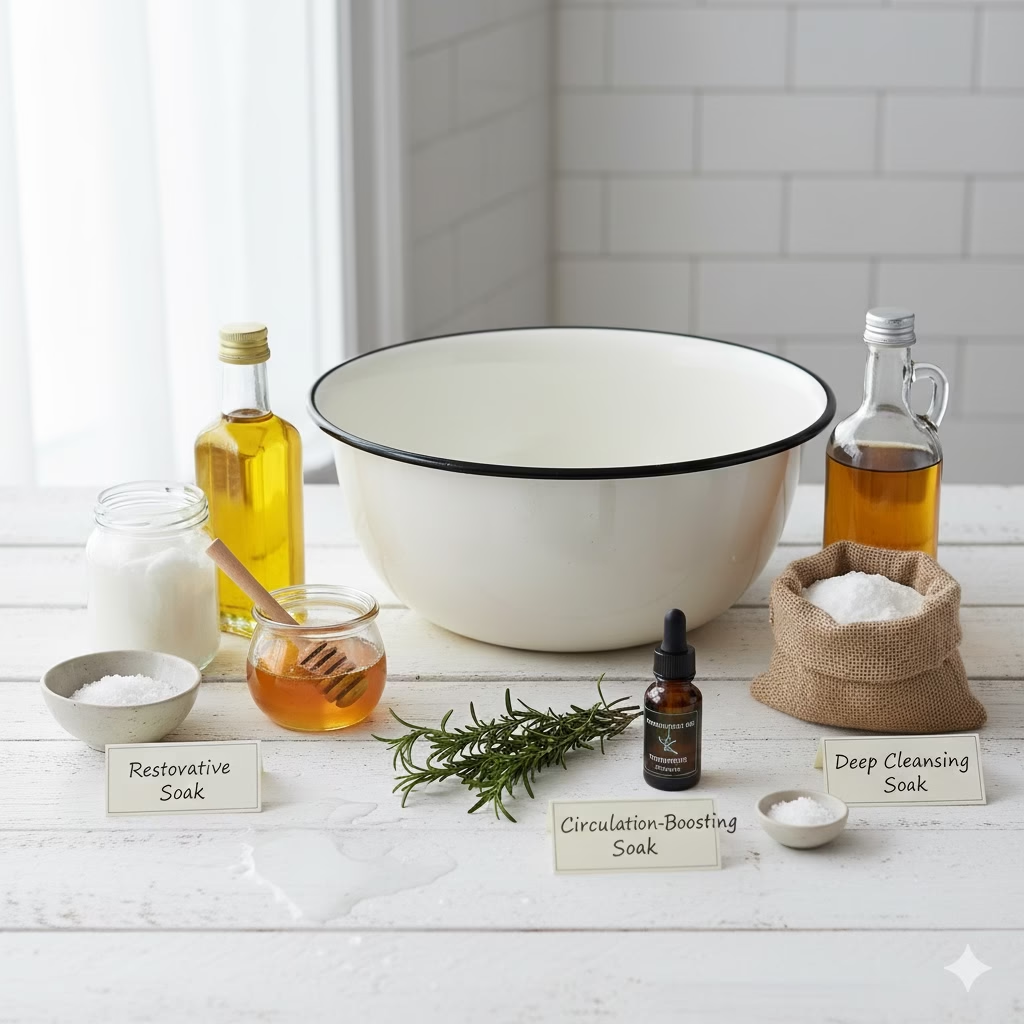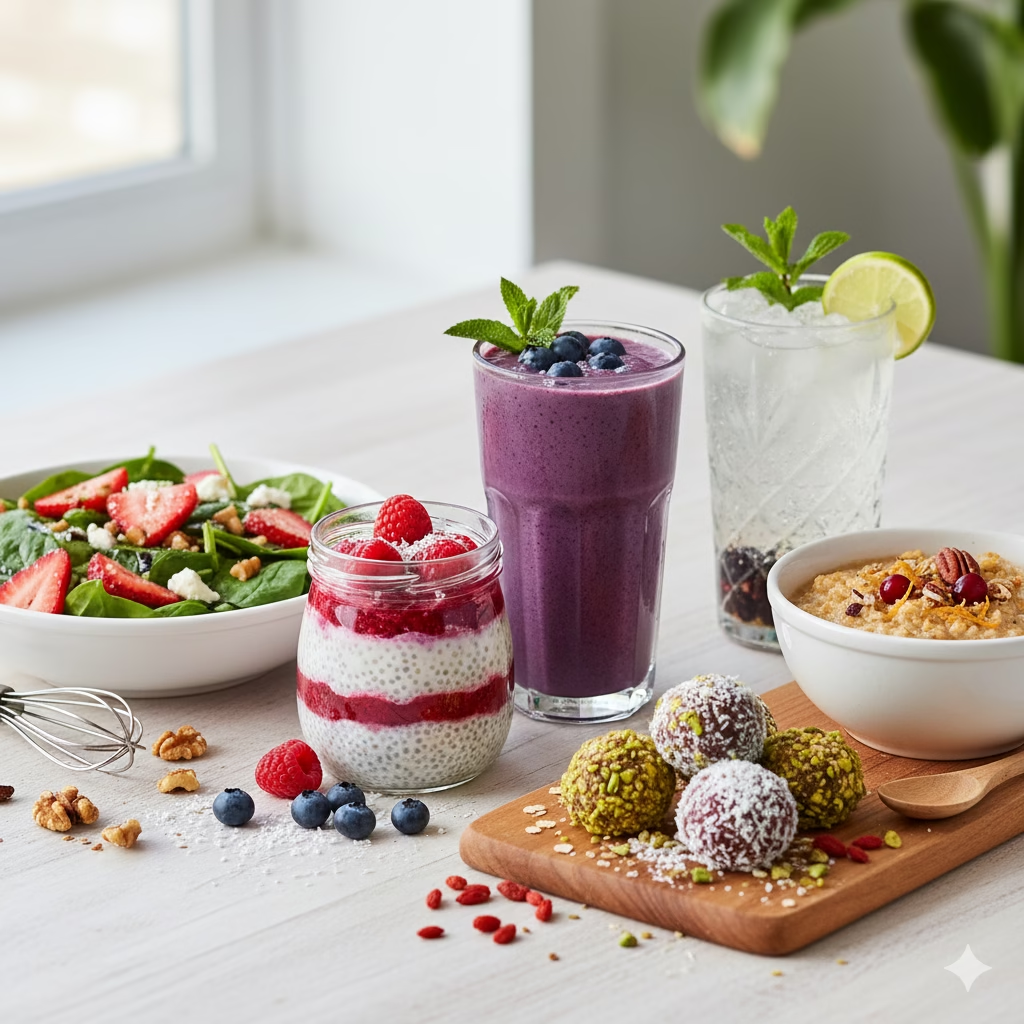
Ever dreamed of a life with less clutter and a smaller impact on the planet? This article is written by a former urban resident who found her passion in conscious, compact living. The key to her successful transition was realizing that thoughtful design in House Fixtures can make a huge difference, proving you don’t need a huge space to live well. Join her in exploring how smart choices can revolutionize your home and your environmental footprint.
Lots of people now see the tiny house movement as more than just a way to save money on a home. For many, it’s a deep goal to live in an eco-friendly way. It is a choice to use fewer resources and live better with the Earth. But how do you fit all of your daily needs into a small space and still keep things green? The answer is simple. Look at the clever design of house fixtures. These key items are not just for looks. They are the core of the house, often doing many jobs to save space and cut waste.
This article shows you 10 smart house fixtures. That are great space-savers. As they are also vital for a truly sustainable tiny home. We will look at how these useful items help you live green. And give you simple examples. We will also share tips on how to add them to your home.
The Idea: Do More with Less
The main rule of tiny house design is to do more with less. Every choice of material, every design plan, and house fixtures must be checked. It must work well. Or must save on resources. It must last a long time. This is not about feeling a lack of things. It is about smart use of materials. When one fixture can do two, three, or even four jobs, you do not need to buy so many things. This saves raw materials, factory energy, shipping costs, and precious space. This choice not only shrinks your physical space but also greatly cuts your impact on the planet.
1. The Great Murphy Bed: Sleep Space, Living Room, and Office

You cannot talk about useful house fixtures without naming the Murphy bed. This famous design changes your bed area into a bright living space during the day. It is the best example of tiny home magic: now you see it, now you don’t.
How it Helps the Planet: This bed takes away the need for a fixed bedroom. It opens up a lot of floor space. This means your whole home can be smaller. A smaller home means fewer materials are used to build it. As it cuts down on heating and cooling costs. It also makes your home feel clean and neat. It pushes you to put things away, which helps your mind stay clear.
Example & How to Do It:
Picture a cozy living room with a nice couch and a coffee table. With an easy pull, the couch moves away. A queen-sized bed comes down from the wall. It often has shelves built right into the sides.
- How to do it: Buy a ready-made Murphy bed set. Some include desks or sofas. Or, build a custom frame that fits into a wall space. Make sure the bed is heavy enough. Use a safe lock to keep it up. Add storage around the frame for bedding.
2. Flexible Sofa Beds: Seat by Day, Sleep by Night
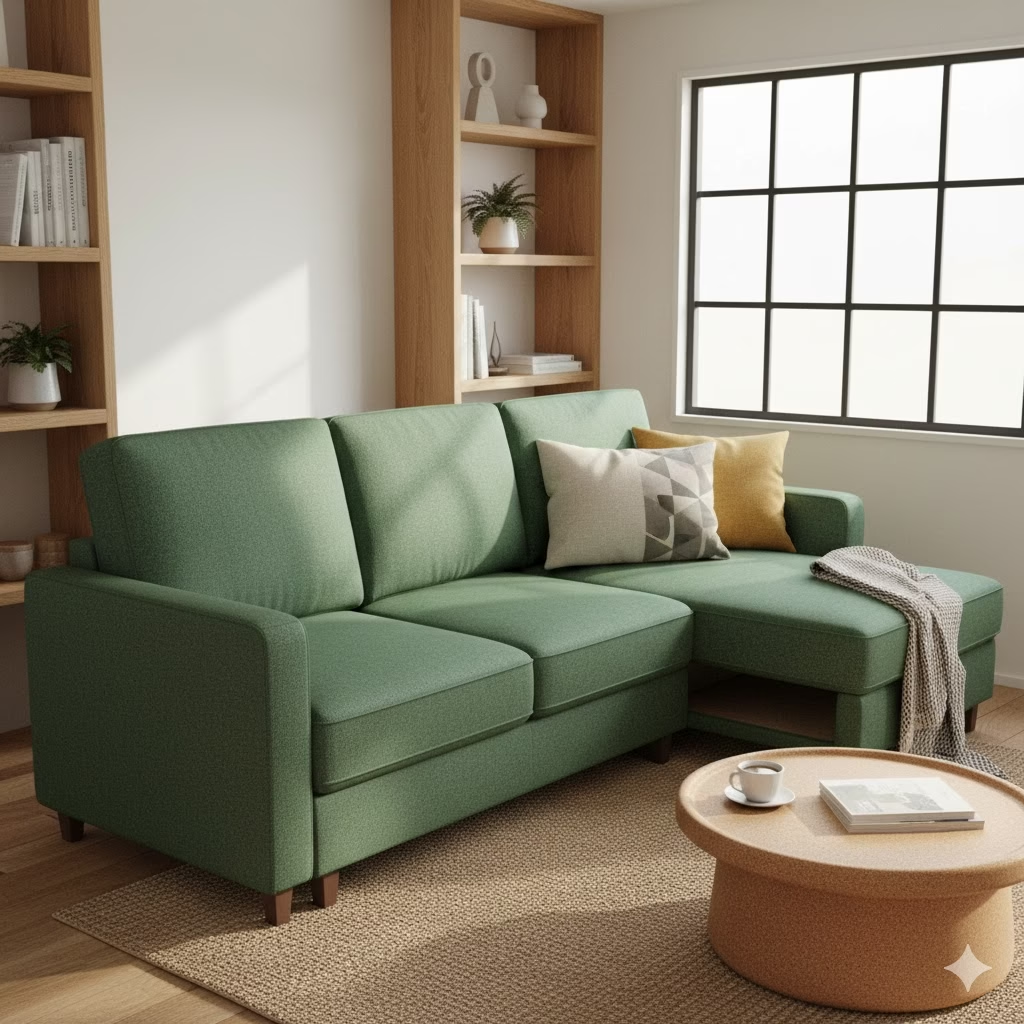
The convertible sofa bed is like the Murphy bed. It is a key item for living with flexible space. These are better than old, bumpy pull-out beds. Modern sofas are comfy for sitting and for sleeping.
How it Helps the Planet: It cuts the need for a spare guest room. In some small homes, it is the main bed. This makes the whole structure smaller. Many new sofa beds use strong, eco-friendly cloth and wood. This makes them greener. Choosing a well-made one means it lasts longer and makes less waste.
Example & How to Do It:
A simple, modern sofa that you can move around for movie night. You can also pull it out into a comfy bed for guests. Some designs have storage hidden inside the long cushion.
- How to do it: Look for brands known for good folding parts and eco-friendly stuff. Choose a design with covers you can wash easily so it lasts. Think about models that let you change the layout.
3. Folding Tables: For Eating, Working, and Cooking

You need a table. But a big, table wastes space. Folding tables are clever house fixtures that do many jobs.
How it Helps the Planet: They fold up to save floor space when you don’t use them. This makes your home feel big and work better without needing more actual space. One table can be used for eating, working, crafting, or extra cooking space. This means you do not need lots of separate tables. Less furniture means fewer materials are used.
Example & How to Do It:
A table fixed to the wall that folds down flat when you do not need it. Then, you lift it up to make a strong surface for two or four people to eat. Another option is a small kitchen cart with a folding side.
- How to do it: Wall-mounted tables are great for tiny spaces. Make sure the hinges and locks are very strong. For carts, look for safe parts that lock when they are open.
4. Storage Stairs: Up and Full of Space

Tiny homes with a loft must have stairs or a ladder. Smart design makes these vertical parts into storage. They become more than just a way to walk up and down.
How it Helps the Planet: This is a top example of smart vertical use. Every stair face can be a drawer, a small cupboard, or a hidden shelf for books. This saves the space and materials you would need for other storage. It is a very good use of a necessary part of the house.
Example & How to Do It:
A strong set of stairs going to a loft bed. Each step is a deep drawer. The side of the stairs opens up to show a full closet for hanging clothes.
- How to do it: It is often best to have these custom-built. Plan out the size of your drawers and cabinets. Make sure the slides and hinges are strong. Safety comes first. The steps must be solid and secure.
5. Window Ledges for Shelves or Seats: A View with a Job
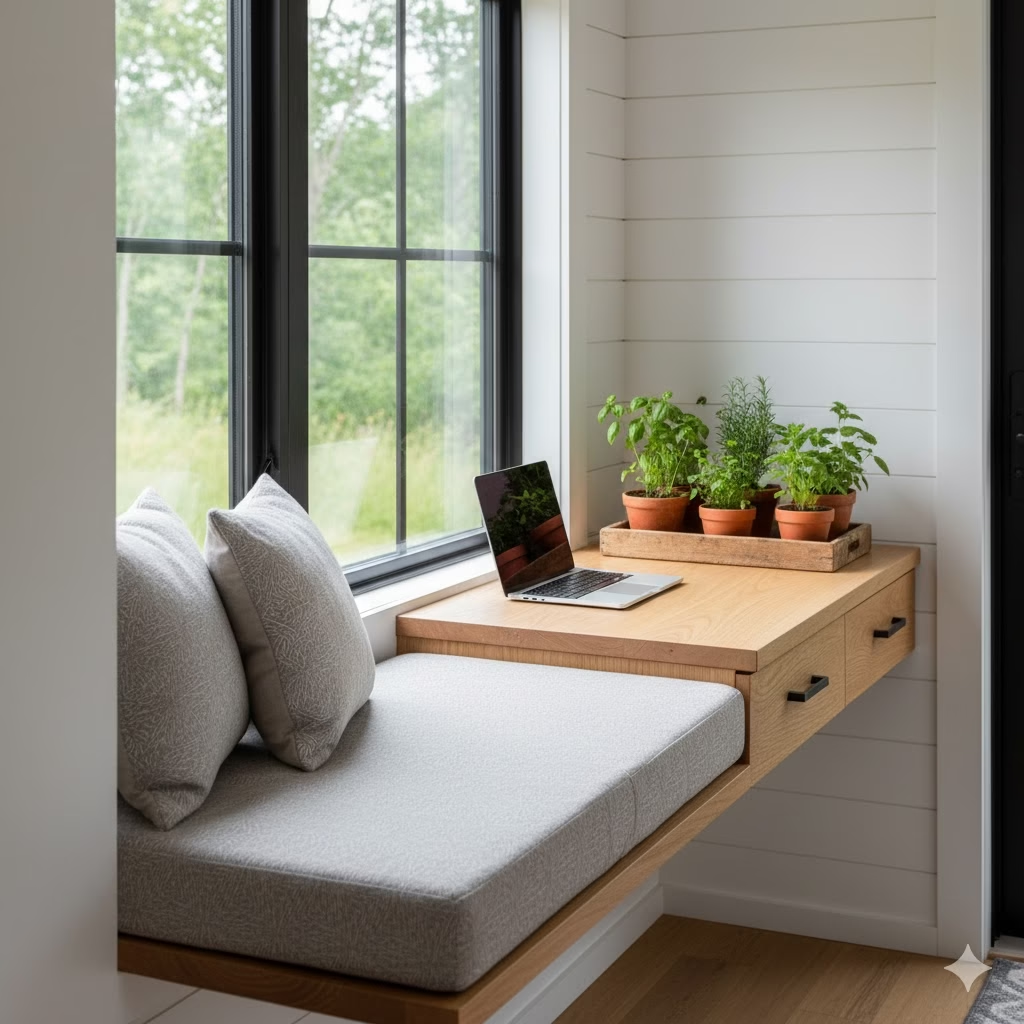
People often forget the window ledge. It can be a very useful, multi-job house fixture.
How it Helps the Planet: Making window ledges wider and stronger lets them become shelves, small desks, or built-in seats. This adds work space without adding new furniture. It uses a part of the house you already have in a smarter way. It also helps you use more sunlight, so you use less electric light in the day.
Example & How to Do It:
A wide, strong window ledge in the kitchen is extra counter space. It is perfect for herbs or a small cutting board. In the living room, a deep ledge can become a comfy seat with a soft pad.
- How to do it: Check that the wall and window frame can hold the extra weight. Use solid, water-safe materials for kitchen ledges. Add a cushion to ledges you plan to use as seats.
6. Mobile Kitchen Carts: Moving Food Prep and Dining Centers
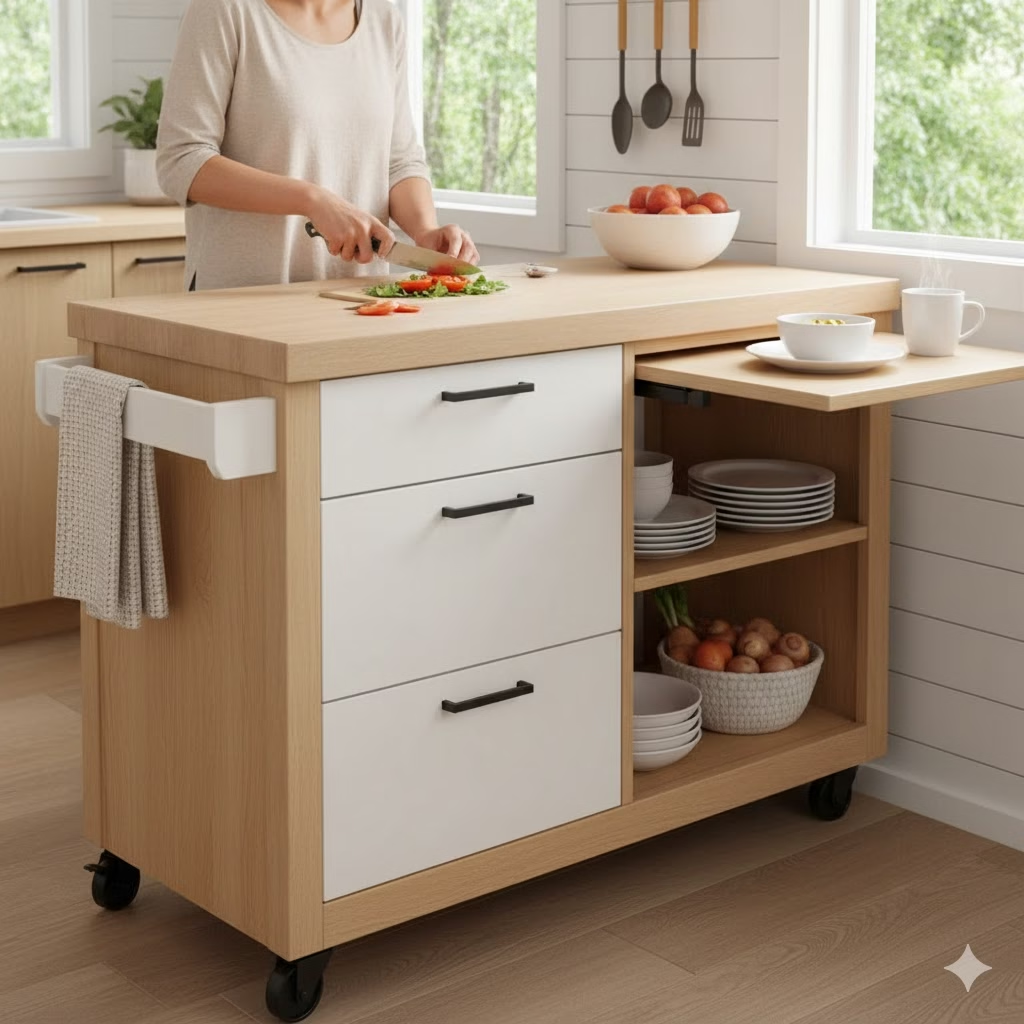
A big kitchen island is too much for a tiny home. But kitchen carts on wheels aree useful house fixtures. It gives you lots of options.
How it Helps the Planet: You can move these carts to make room, or use them to make your counter bigger. They can be a small dining table or a mobile drink cart. This flexibility means one item does many jobs. This cuts the total number of furniture pieces. Many are built from old wood or eco-friendly sources.
Example & How to Do It:
A small, rolling cart with a wood top, shelves below for pots, and a folding side for eating. You can roll it away to make room for exercise or move it to the main room for a party.
- How to do it: Find carts with strong, lockable wheels. Think about one with drawers or shelves for best storage. A solid top (like butcher block) makes it more useful.
7. Built-in Appliances: Clean and Tidy Work
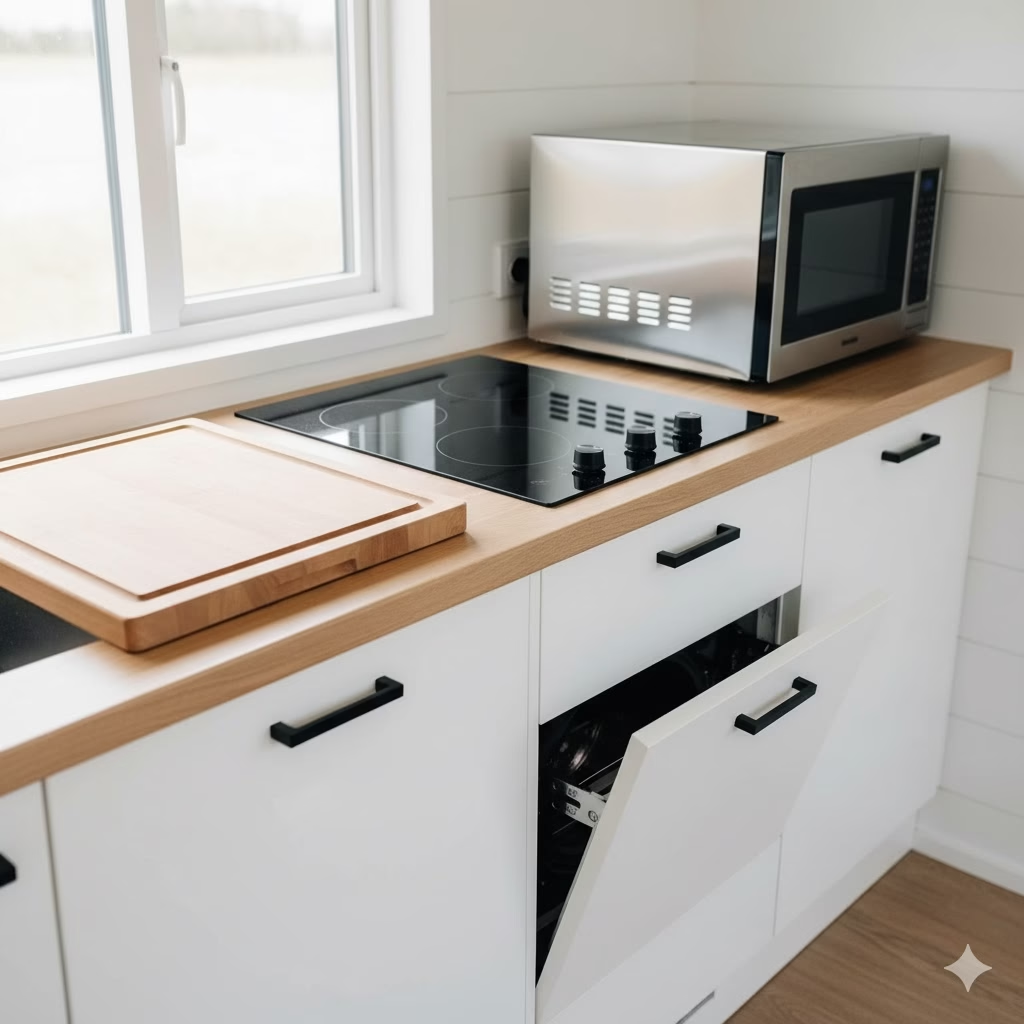
Built-in appliances are types of house fixtures that are key for tiny home sustainability. These are small, often multi-job machines put right into the cabinets.
How it Helps the Planet: Small items, like a washer/dryer combo hidden behind a door, or a cooktop that is flat with the counter, save a lot of room. They also often use less energy. By being built-in, they look neat and tidy. Their smaller size means less material is used to make and run them.
Example & How to Do It:
A small oven that also works as a microwave, sitting flush with the other cabinets. Or a drawer dishwasher that looks just like a normal kitchen drawer.
- How to do it: Plan your kitchen well to fit small appliances. Look for models with a good energy rating. Make sure there is good airflow for any hot items.
8. Pot Racks and Hanging Hooks: Vertical Order
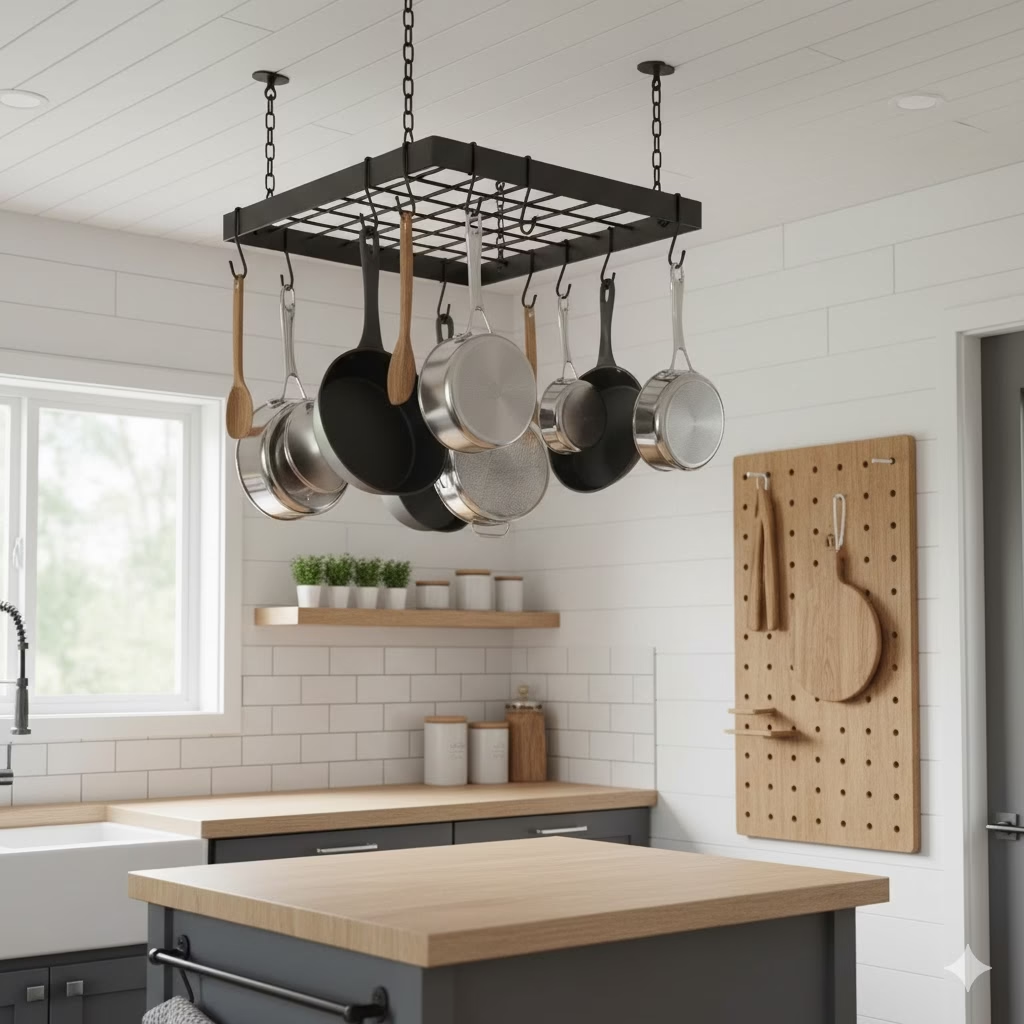
When you can’t build out, build up! Pot racks and hook systems fixed to the wall or ceiling are vital house fixtures for a sustainable kitchen.
How it Helps the Planet: They use wall or ceiling space. This frees up needed room in cabinets and drawers. This means you do not need more cabinets, which saves materials. They keep your tools easy to find, so you waste less time and energy looking for things.
Example & How to Do It:
A rack hanging from the ceiling above the main counter. It holds all your cooking pots, leaving the lower cabinets for food. Or, a wall with pegs and hooks for spoons, knives, and small machines.
- How to do it: Get strong racks. Make sure they are fixed well to the beams. Plan the layout so that things are easy to reach and do not get in the way.
9. Multi-Job Doors: More Than Just an Opening
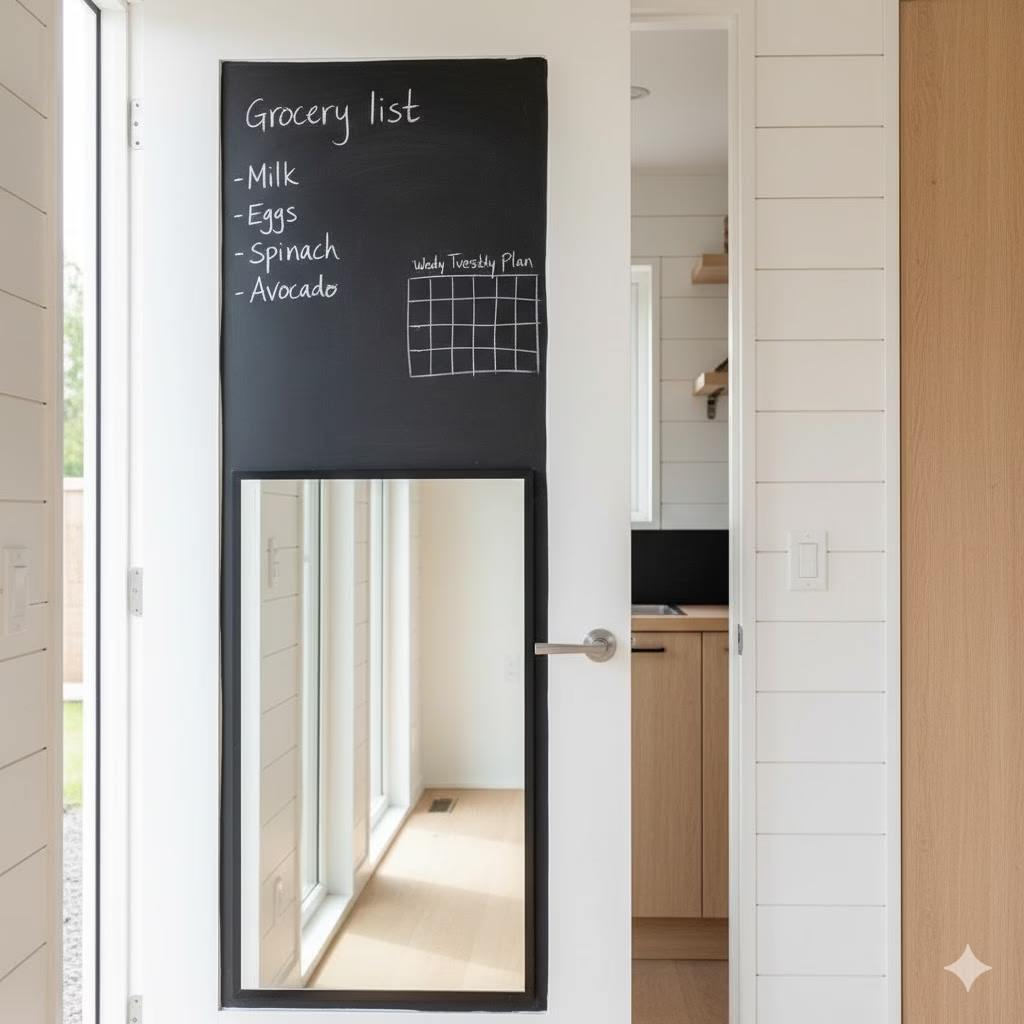
A door opens and closes. But in a tiny home, its flat face can do more as a house fixture.
How it Helps the Planet: You can use a door’s surface for another job. You can add a mirror, a whiteboard, or a board with hooks. This means you need one less item in the home. This simple change saves materials and space. For example, a mirrored door means you do not need a separate mirror.
Example & How to Do It:
The bathroom door has a full mirror on the inside. Or, the food pantry door is painted with chalkboard paint. You can use it to write your grocery list or a meal plan.
- How to do it: For mirrors or hook boards, make sure they are fixed well. For chalkboard paint, clean the door well first. Think about the added weight on the door. Adjust the hinges if you need to.
10. Flexible and Nesting Items: Moveable and Growing

A group of smaller, flexible, or nesting items shows the best of green design. This means tables that fit inside each other, chairs that stack, or shelf parts that you can move around.
How it Promotes Sustainability: These house fixtures are made to be easily moved, stacked, or put away. They change to fit your needs. This means you do not need many single-job items. This flexibility cuts down on the stuff you buy. It helps keep the home neat, which is key for a small, eco-friendly house. They last longer because you can change how you use them over time.
Example & How to Do It:
A set of three tables that fit under each other. You can pull them apart for guests or stack them for space. Or, shelf units that you can put in many ways to suit your storage needs.
- How to do it: Buy good items that are easy to move and change. Think about light but strong materials.
- Image Placement 10: Nesting tables or modular shelving.
The Big Picture: Your Home, Your Effect
Choosing these multi-job house fixtures is a life choice. It shows you value smart design, lower buying habits, and less waste. Each smart choice helps lower your carbon footprint. It builds a more sustainable life. Your tiny home shows that good design can fix big problems. It proves you do not need a huge space to live a rich and mindful life. By looking closely at multi-purpose house fixtures, you are not just building a home; you are building a better future.
FAQ
Q1: Are these multi-job house fixtures more costly than normal ones?
A1: At the start, some house fixtures may cost more. This is because they need complex parts or custom design. But, they often do the work of two or three items. This saves you money in the end. Also, they last a long time and save space. This makes them a great deal for tiny homes where space is everything.
Q2: How can I know these house fixtures are really green?
A2: Look for items made from green sources. This means wood that is certified or recycled metals. Choose items that are strong and easy to fix. This helps them last longer. Find companies that make things the right way. Also, avoid paints or finishes that have many bad chemicals. You can also build your own items using old or reclaimed materials. This is very green.
Q3: Can I use these multi-job designs in a normal-sized house?
A3: Yes, of course! While they are vital for tiny homes, these smart design ideas can help any home size. Adding these house fixtures can help keep larger homes tidy. They create rooms that you can use for many things. They still help you live a more green life by using less stuff.
Q4: What is the best way to plan for these house fixtures in a new home?
A4: First, draw a detailed plan of your space. Think about your daily needs. See how you will use each area at different times. Sketch how the furniture will change. Plan how storage will be built into the walls. Work with a designer who knows about tiny homes. This makes sure everything is strong and fits together well.
Q5: Are there any problems with multi-job house fixtures?
A5: The main problems are the first cost and the effort needed to change them each day. For example, you have to make the bed every morning. They can also take a bit more time to set up. But, for most tiny home people, the good things they bring—saving space and helping the planet—are much better than these small issues.
References
- Vogue – How the tiny house movement is spearheading sustainability
- Furnestry – The Rise of Multifunctional Furniture: Transforming Spaces …
- Transformertable – Advantages of Multifunctional Furniture
Recent Posts





